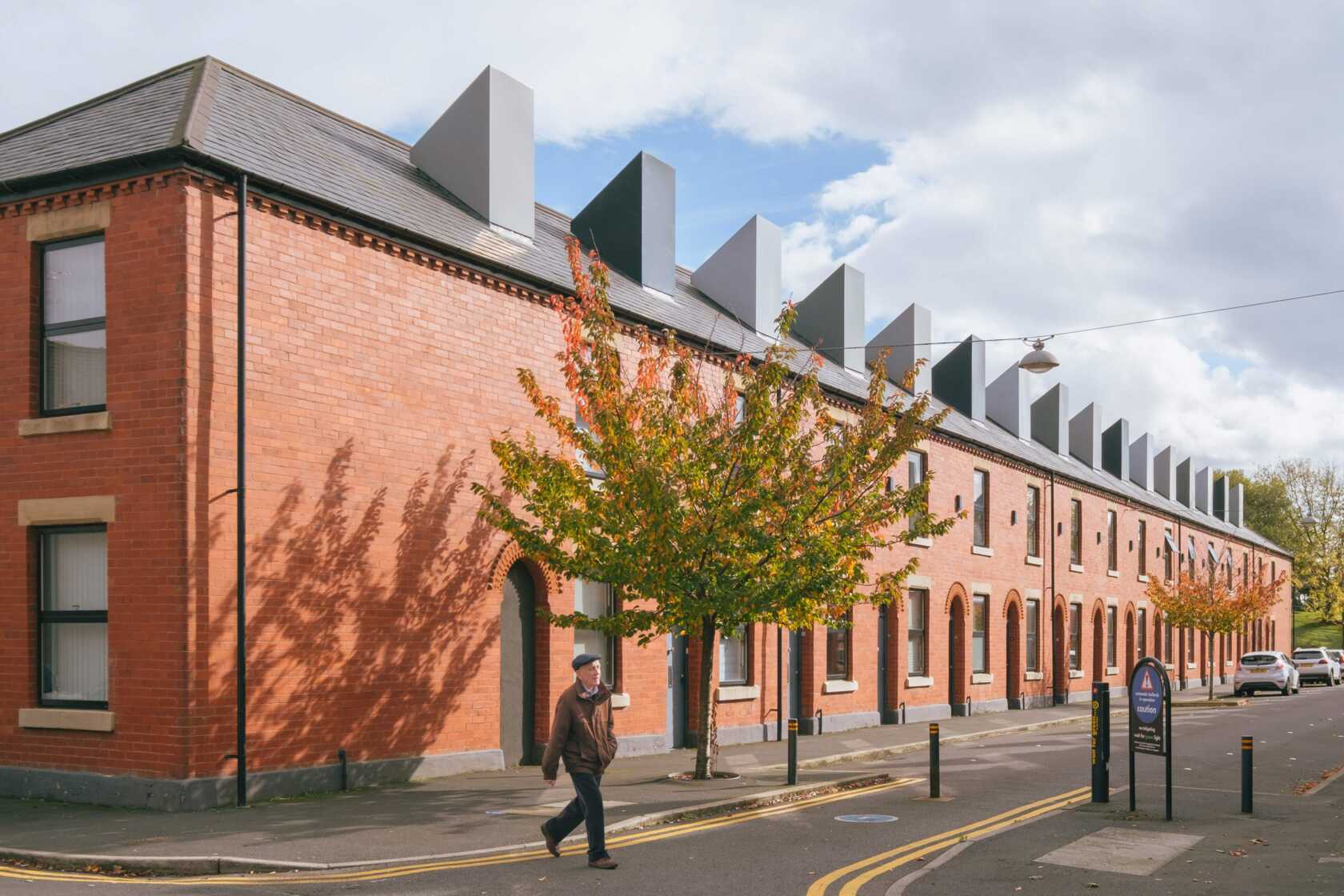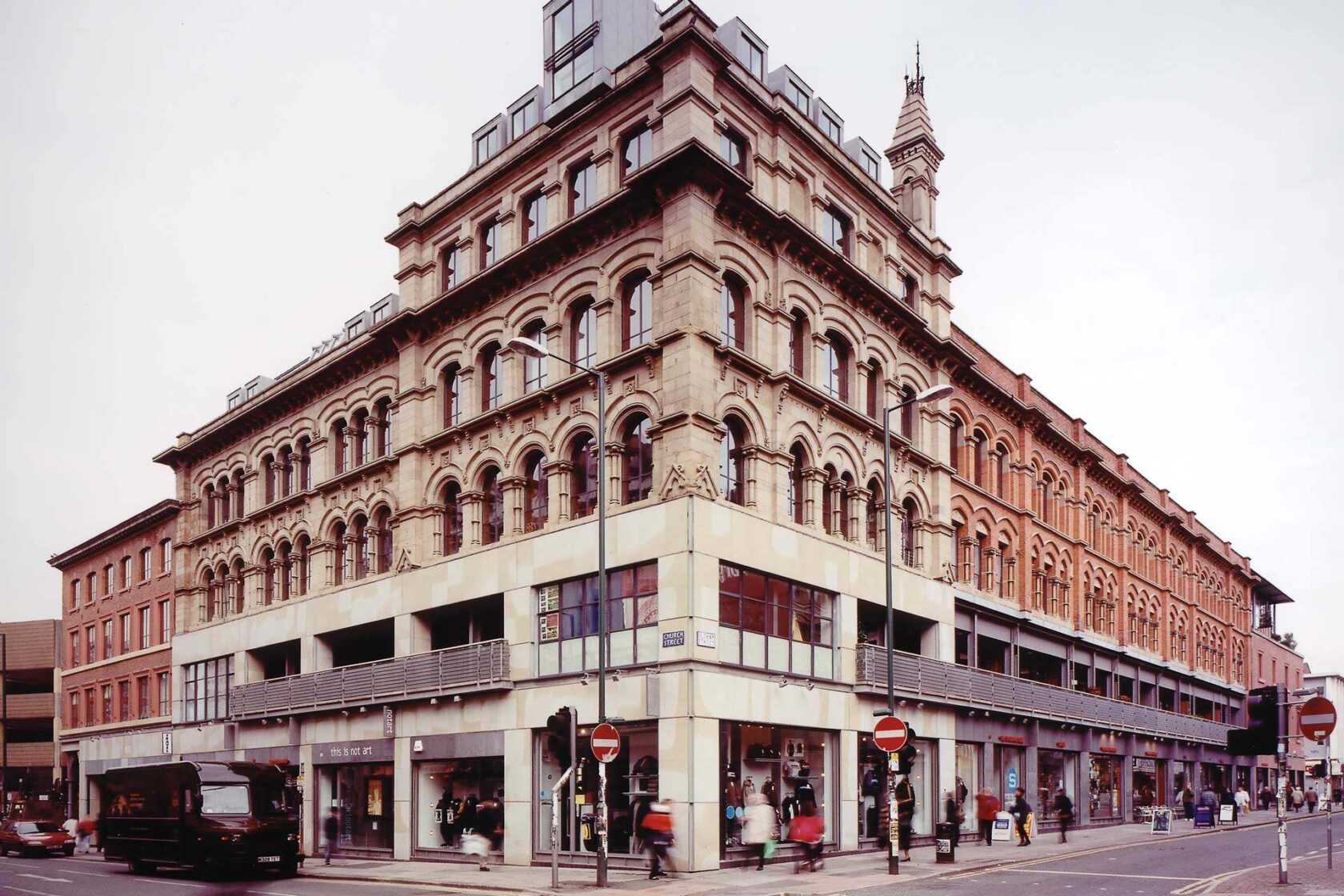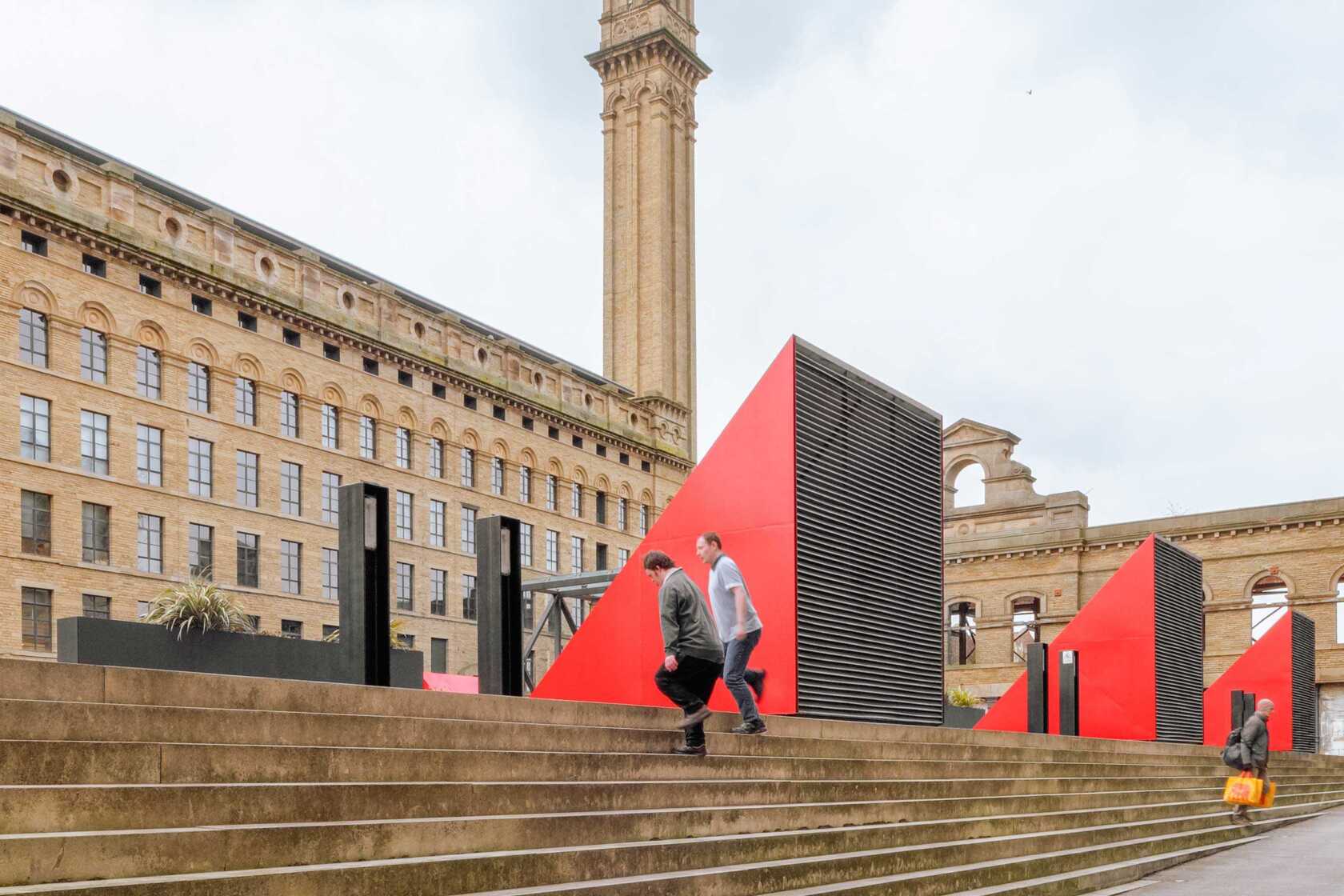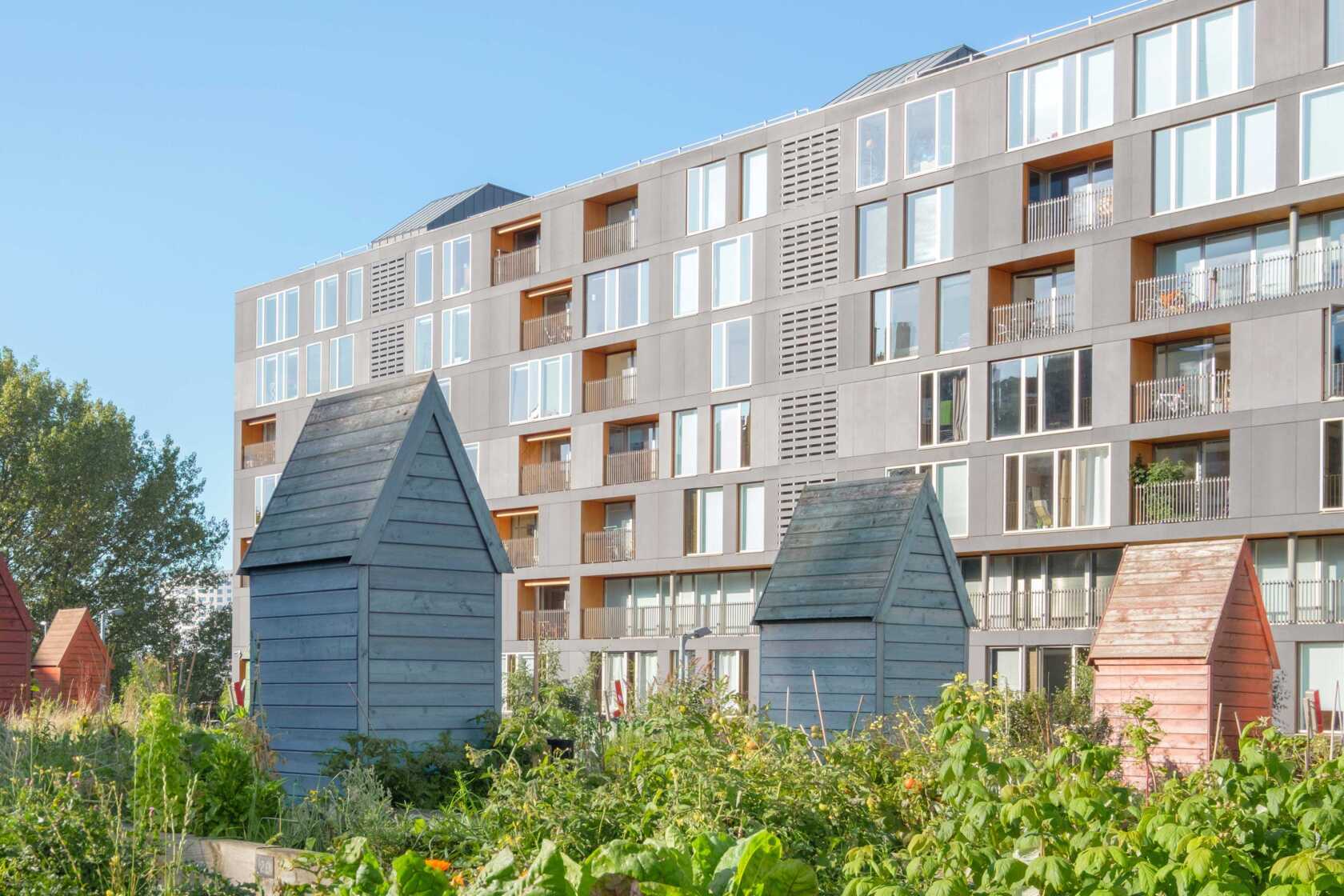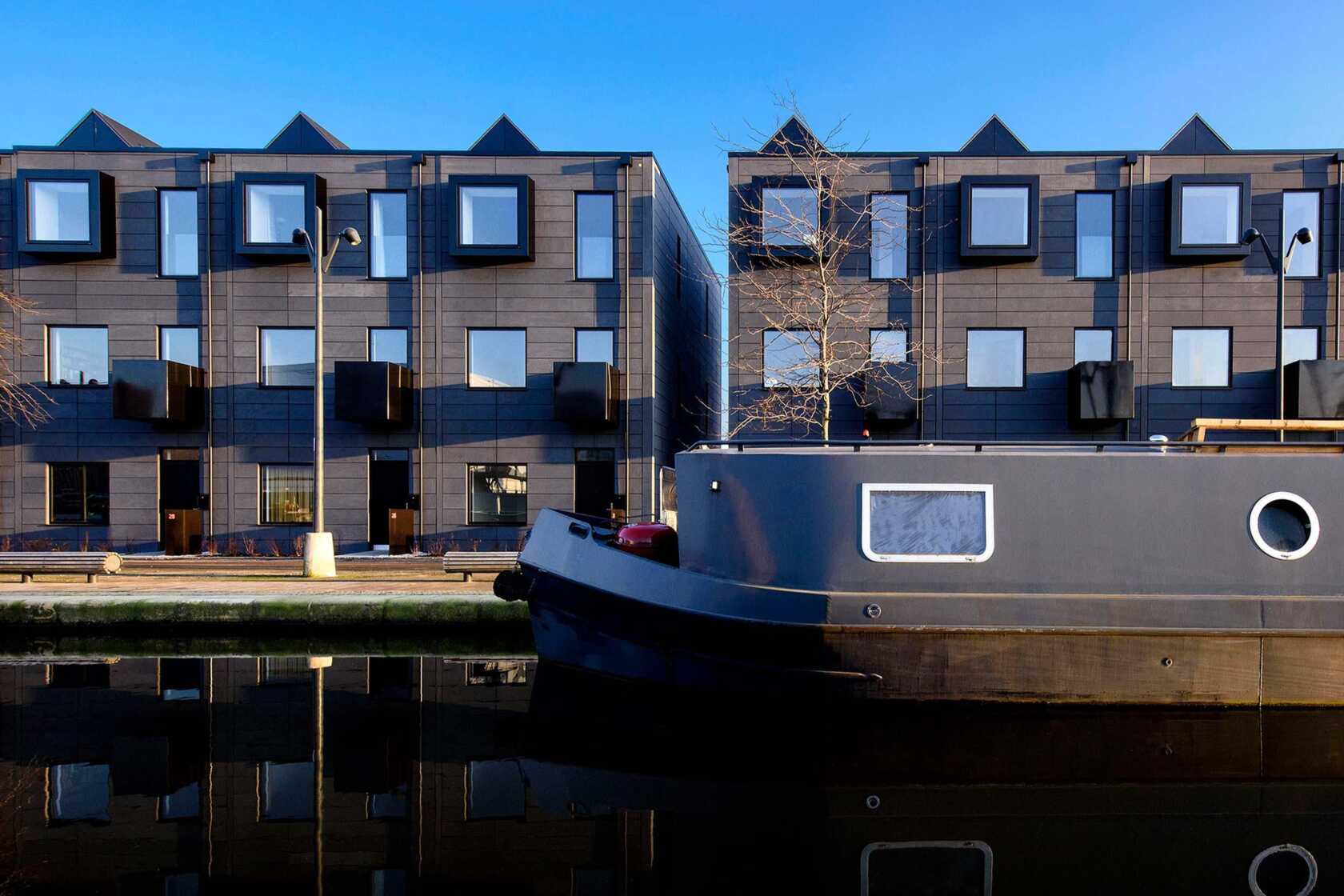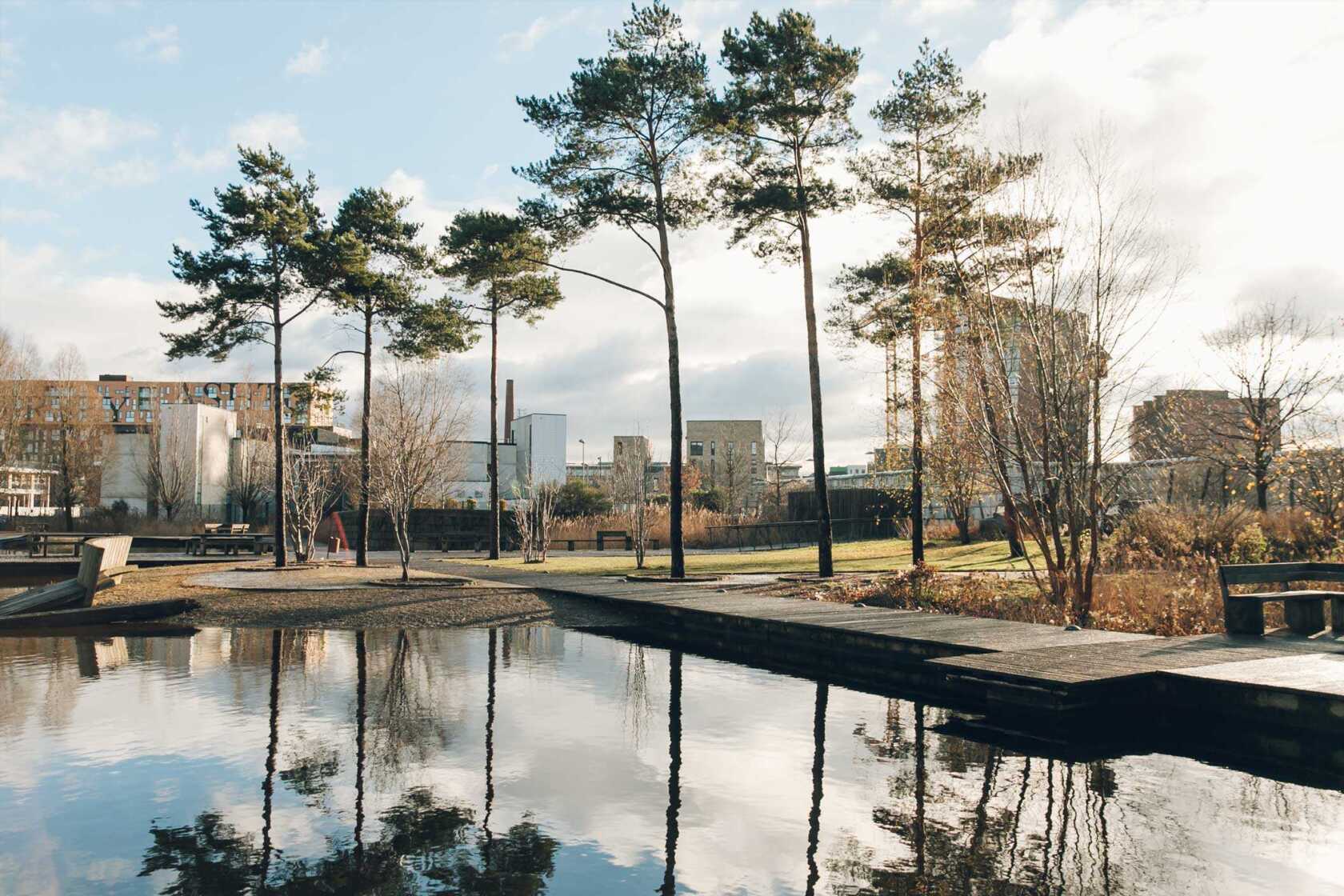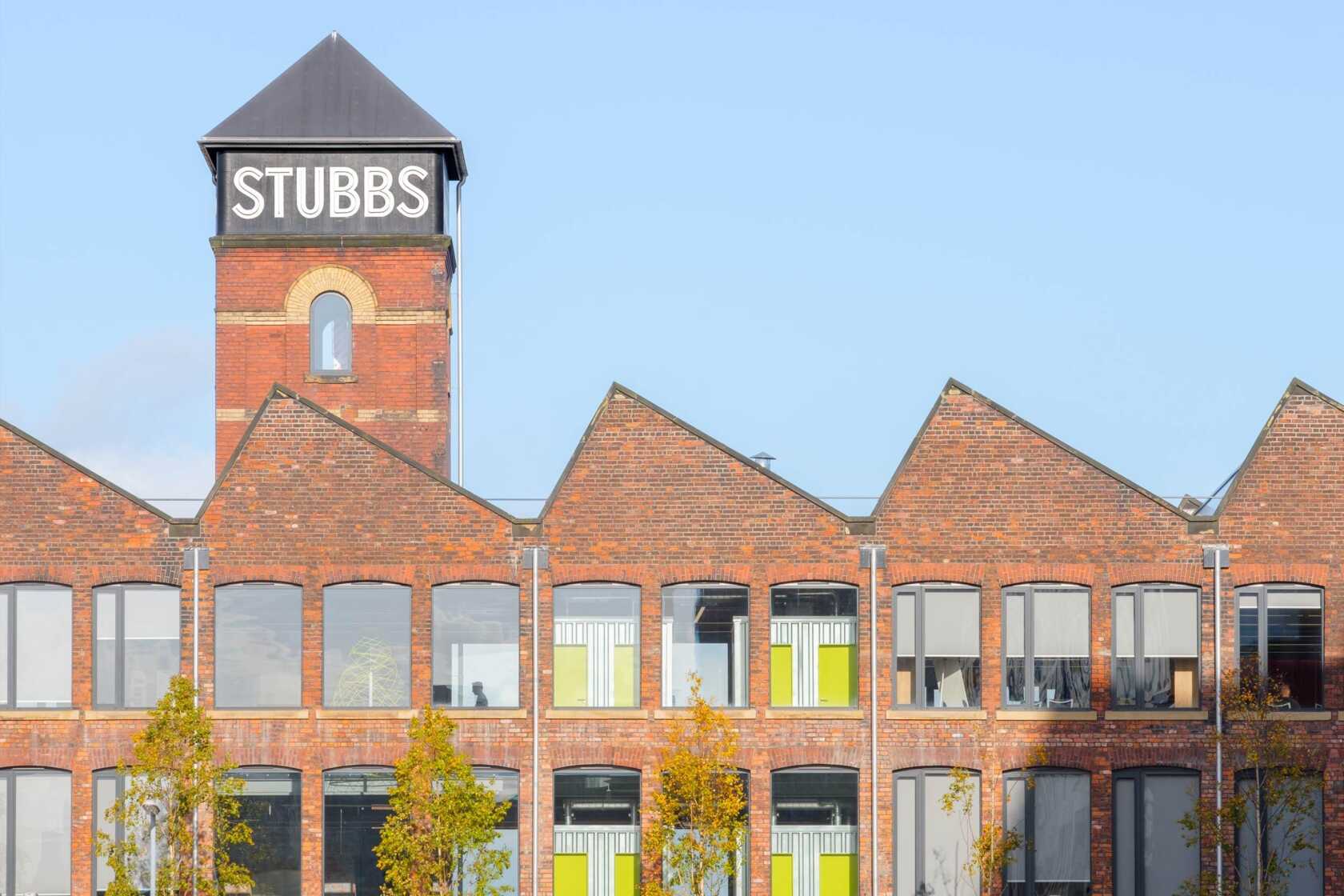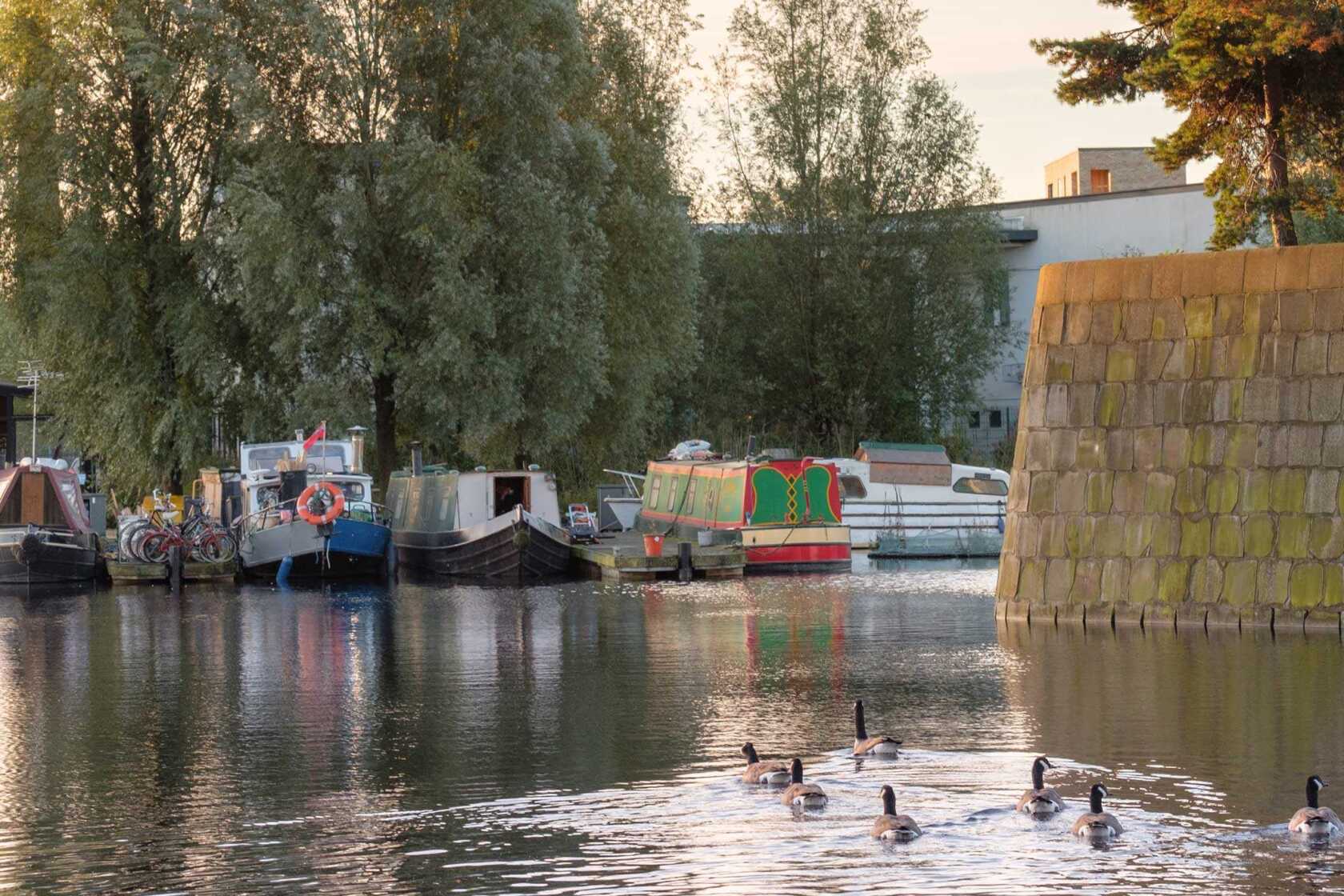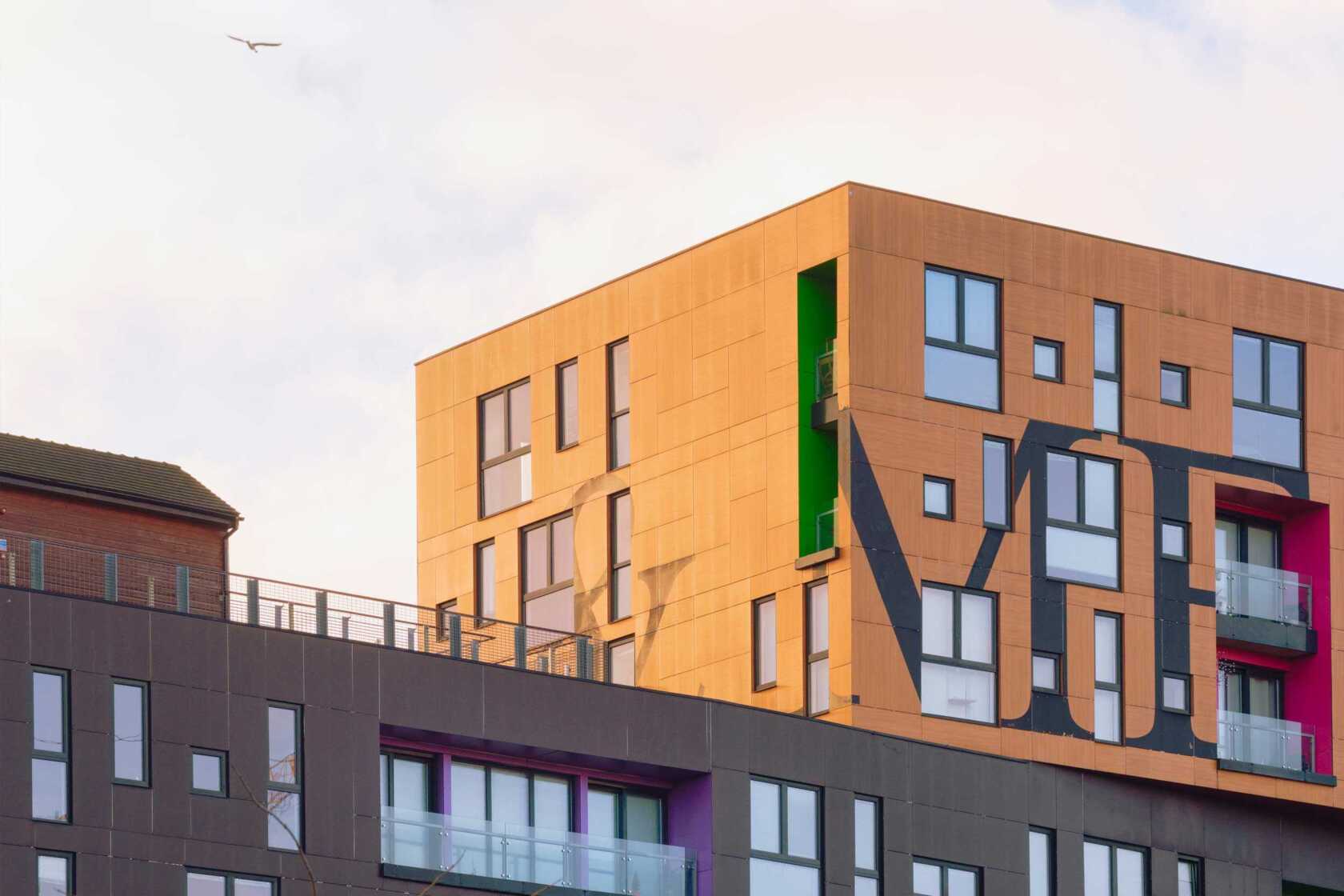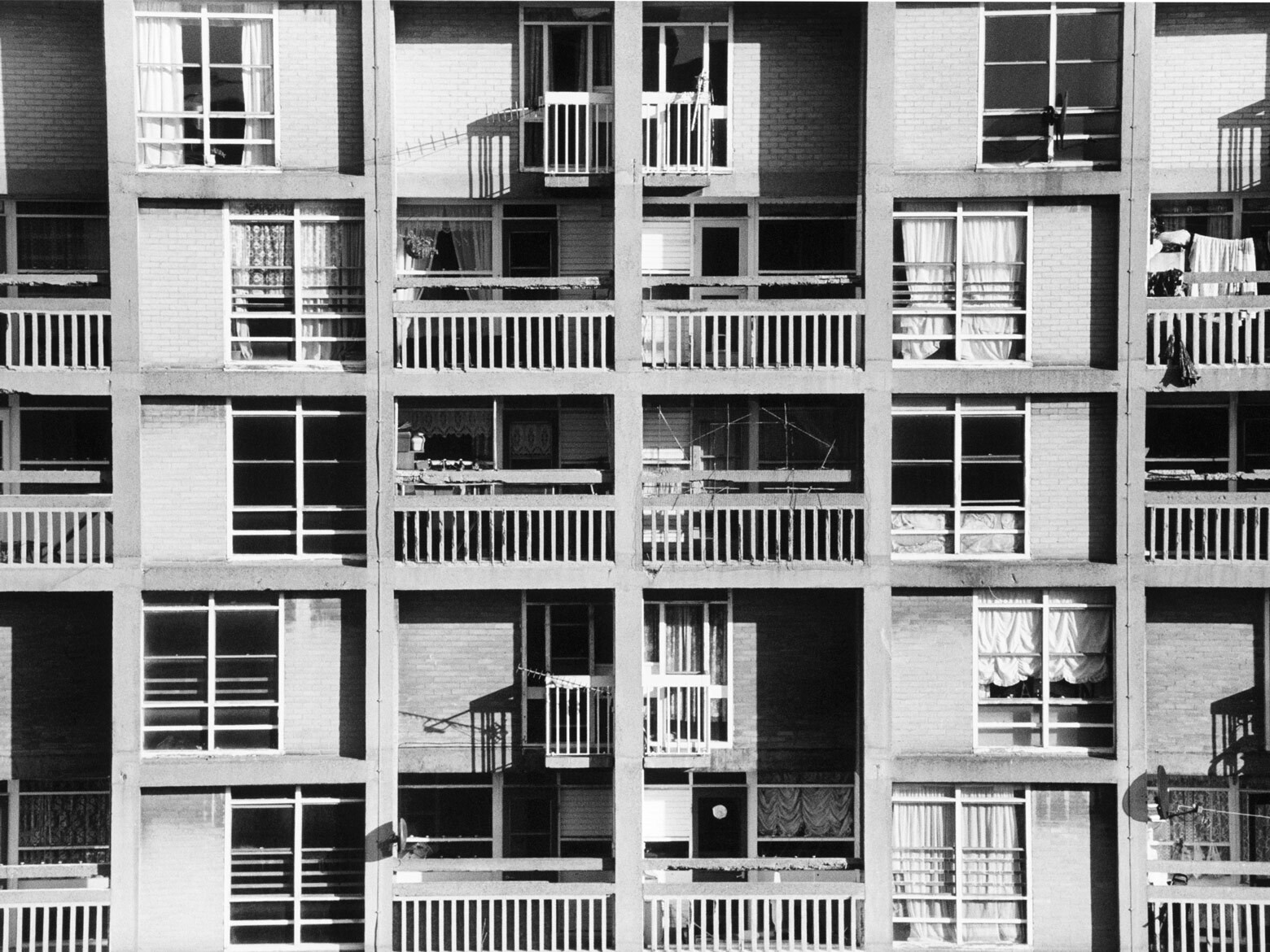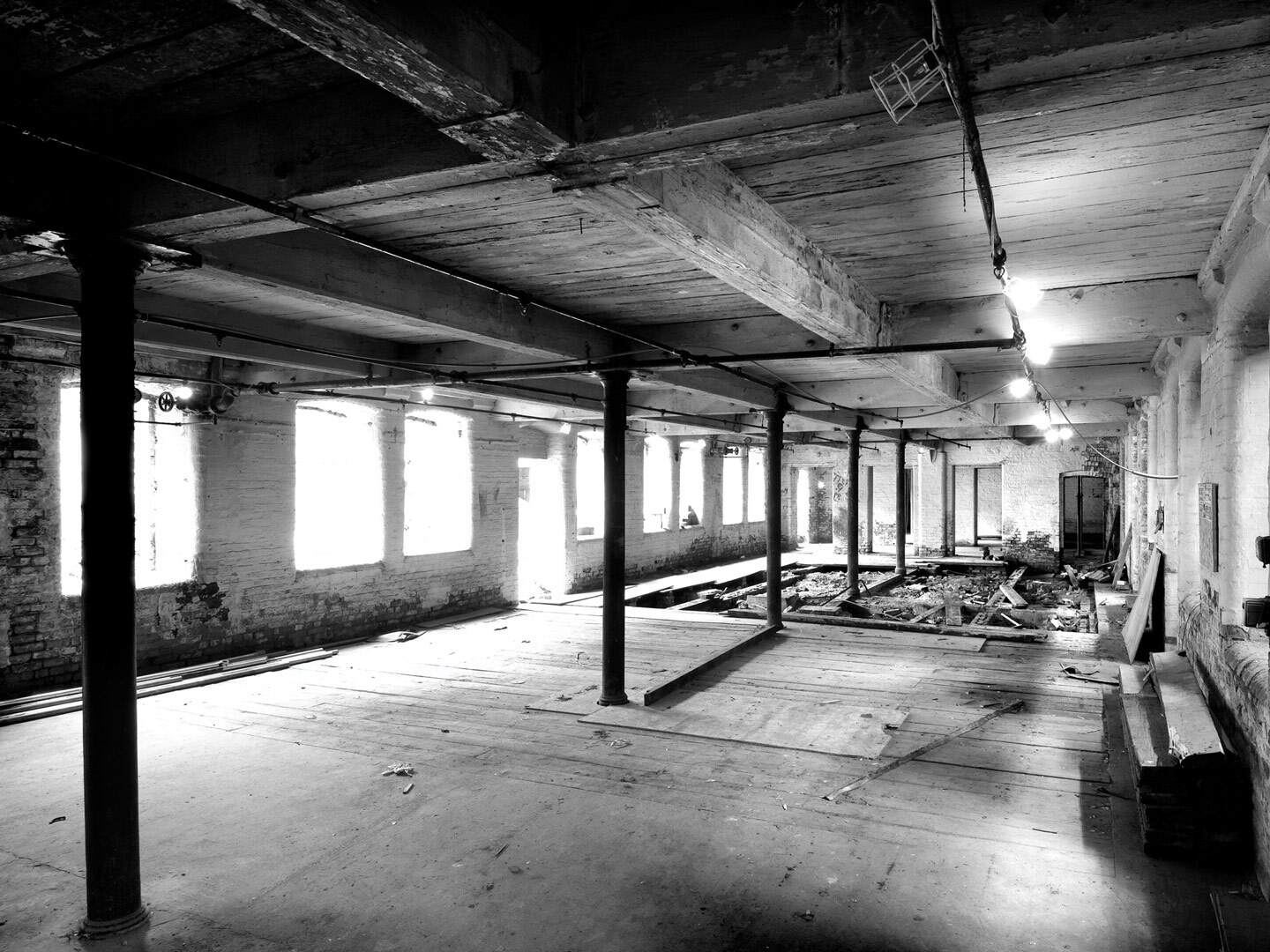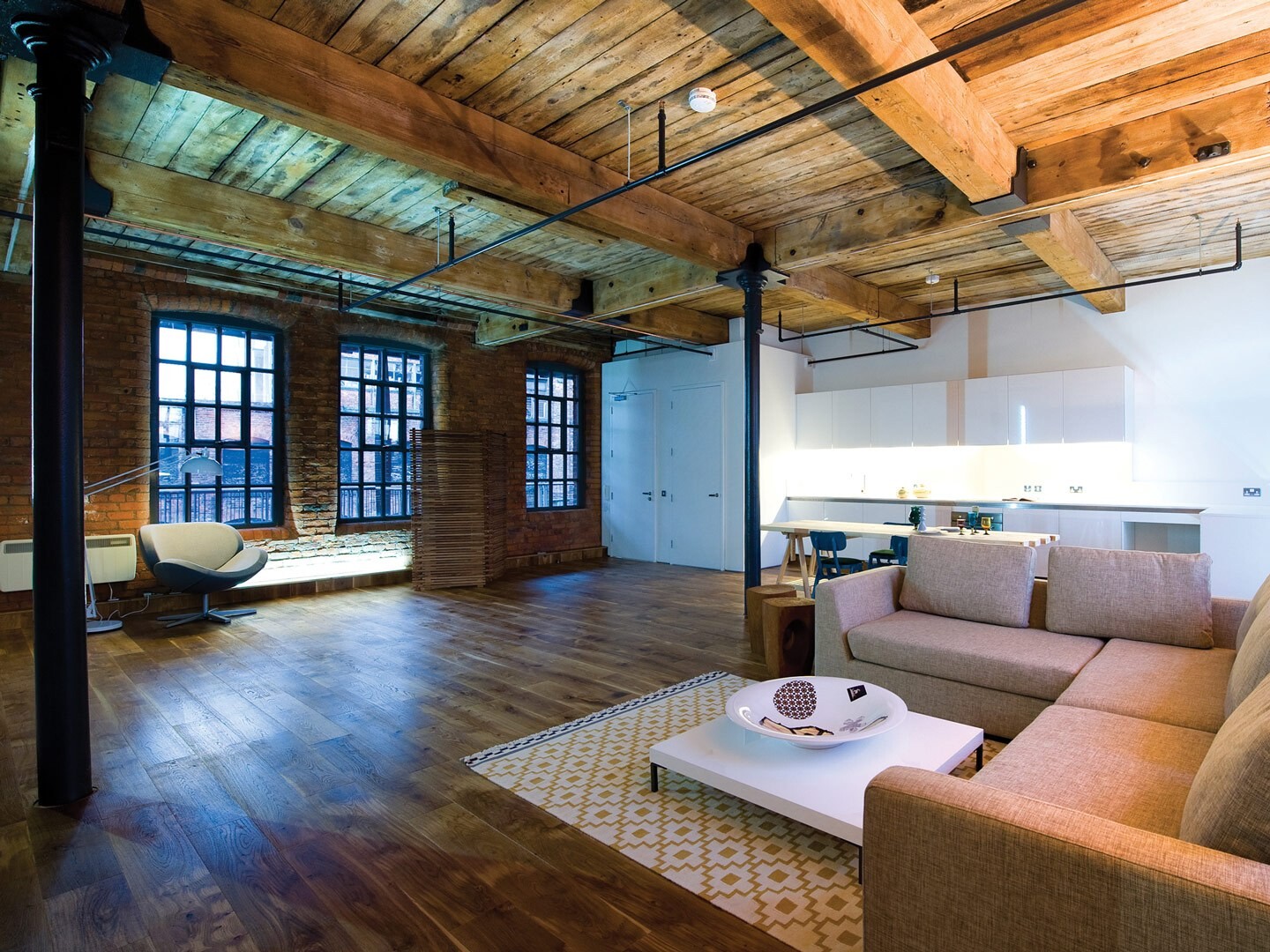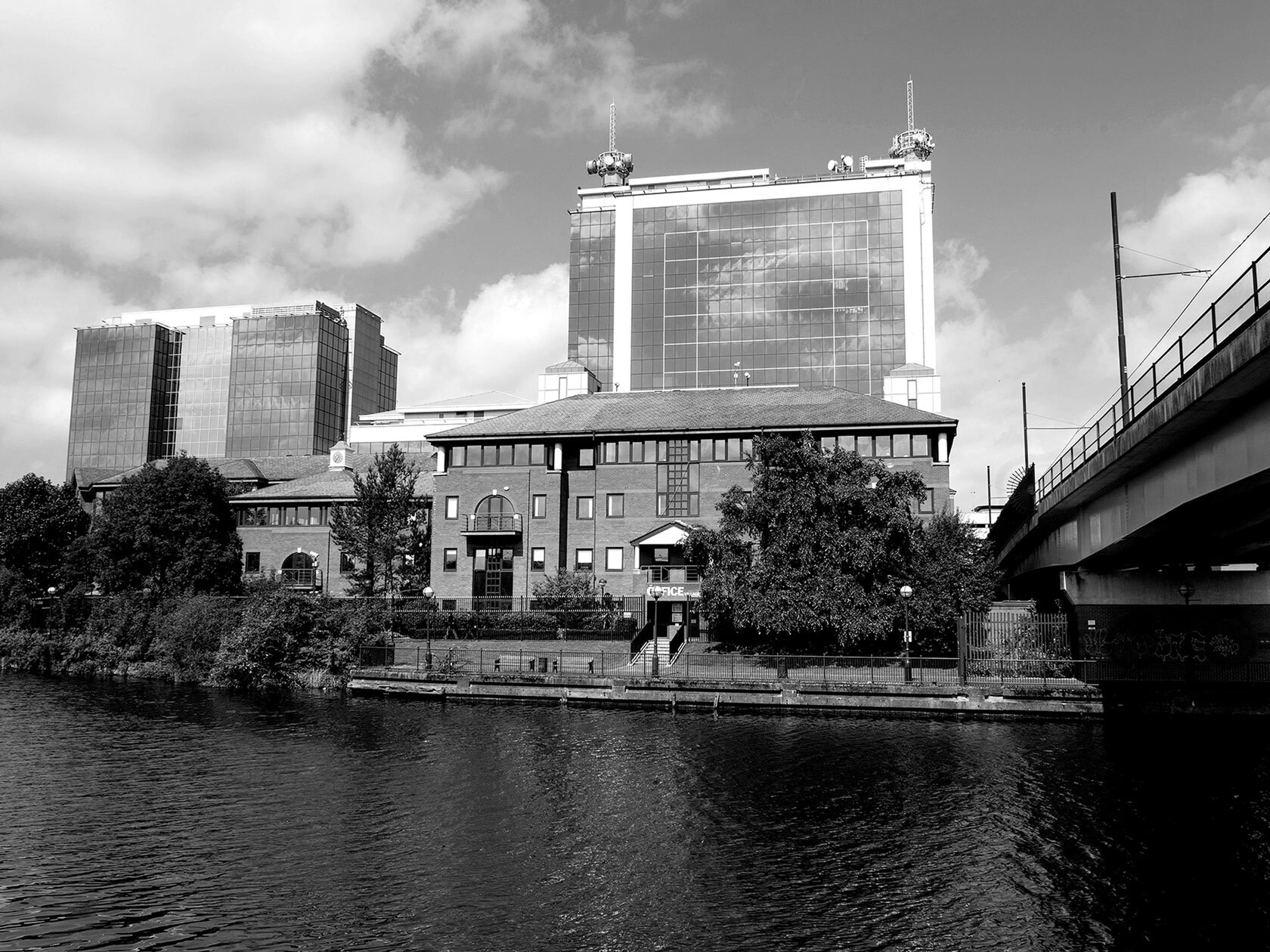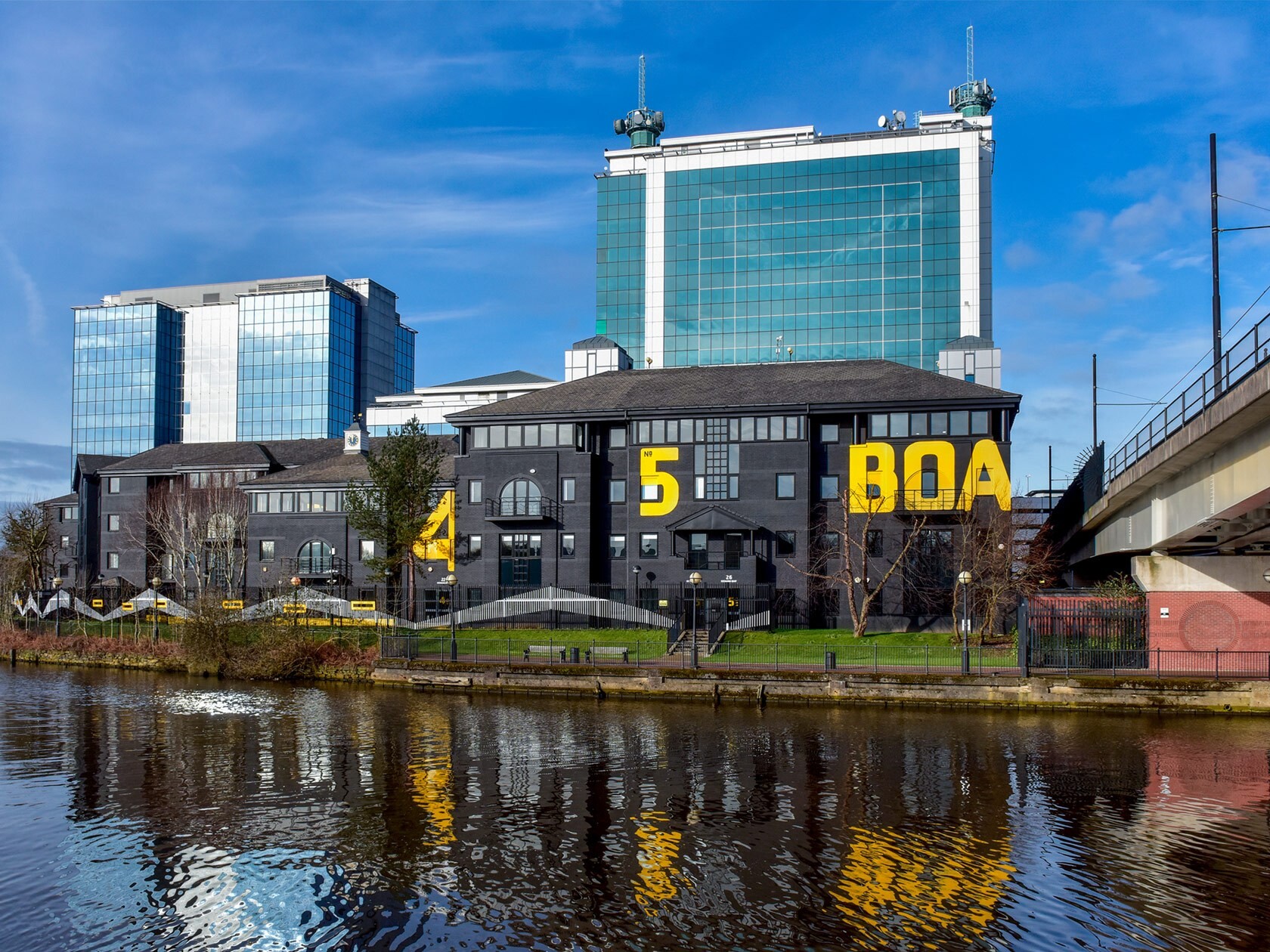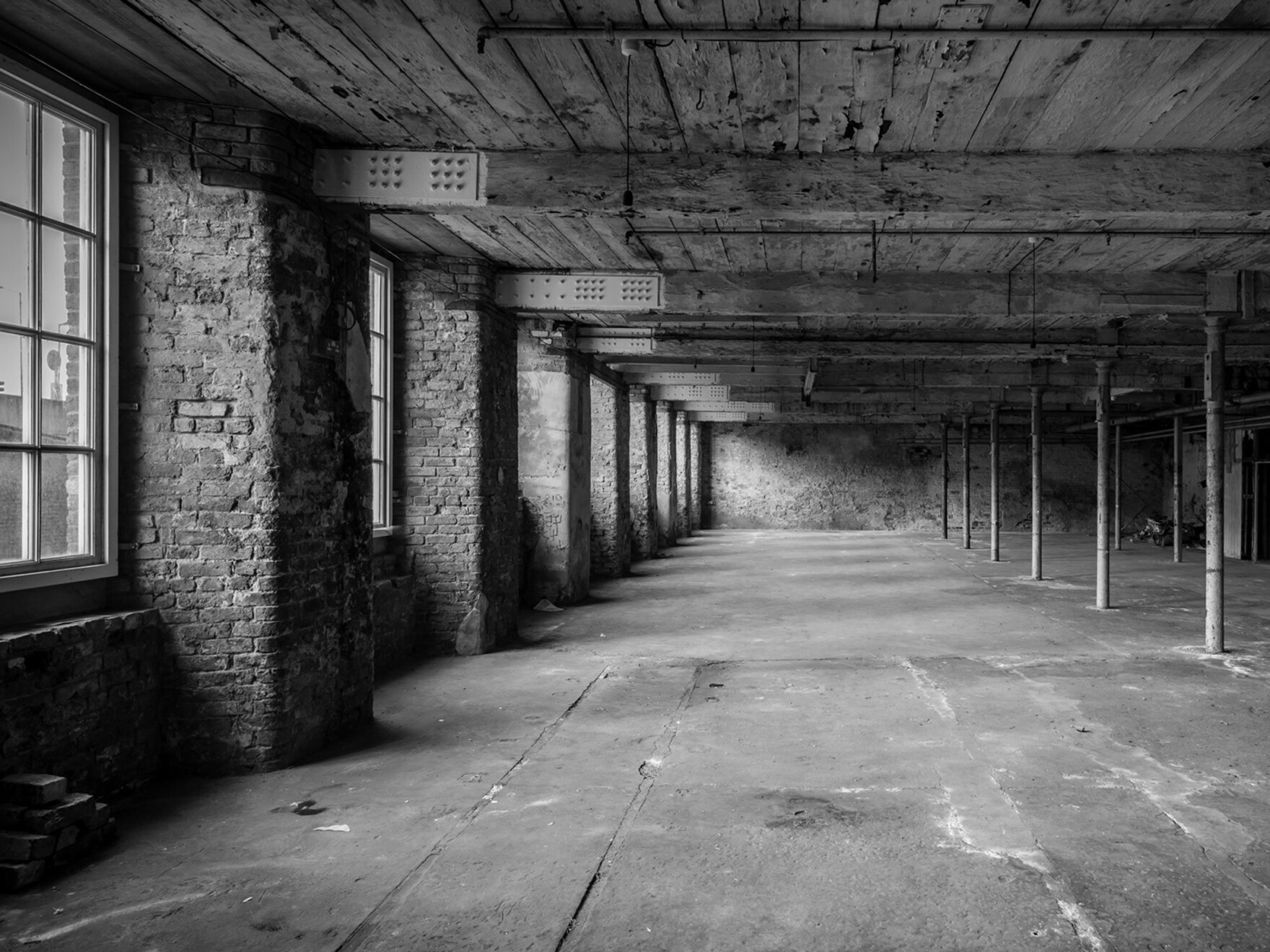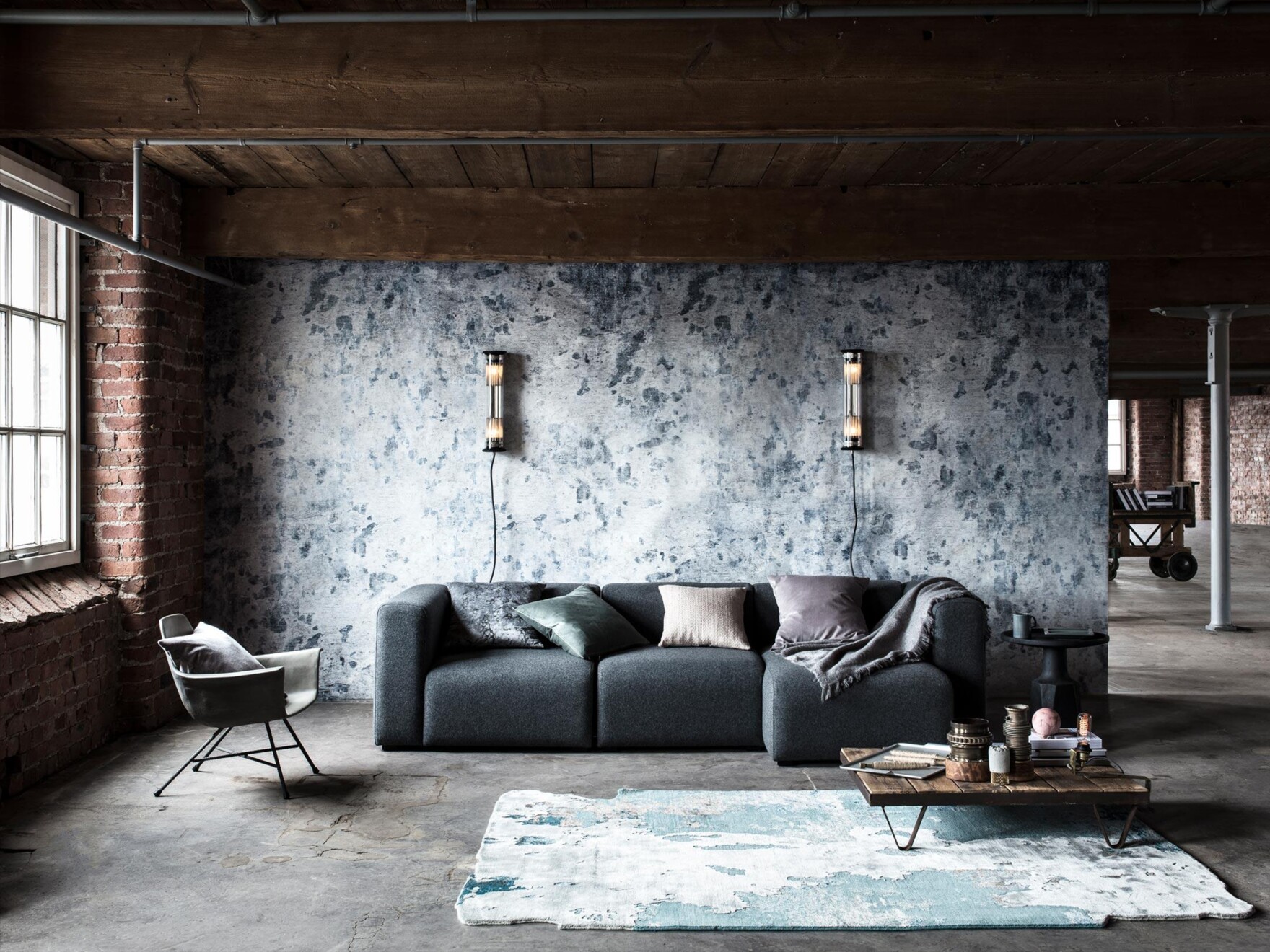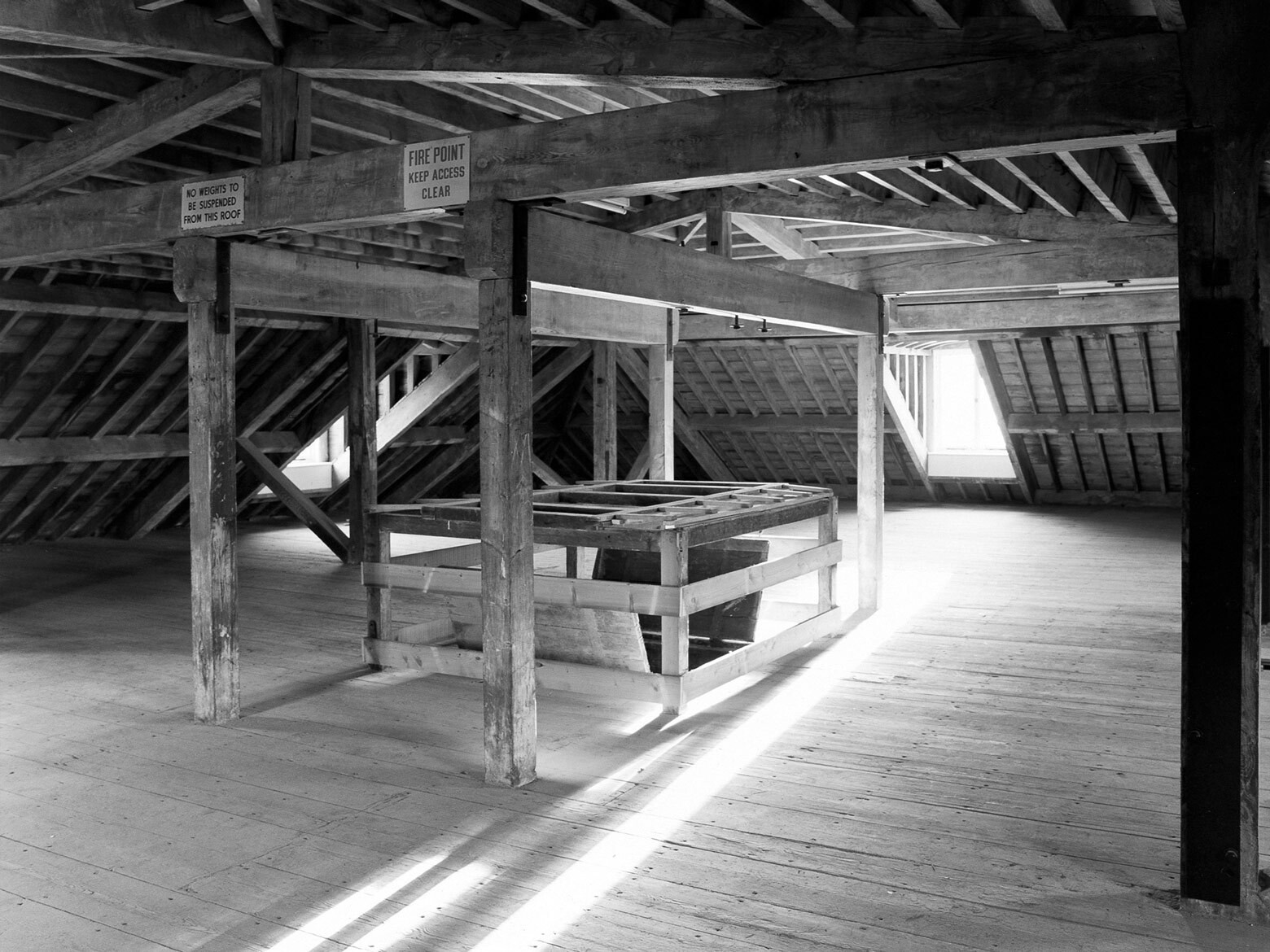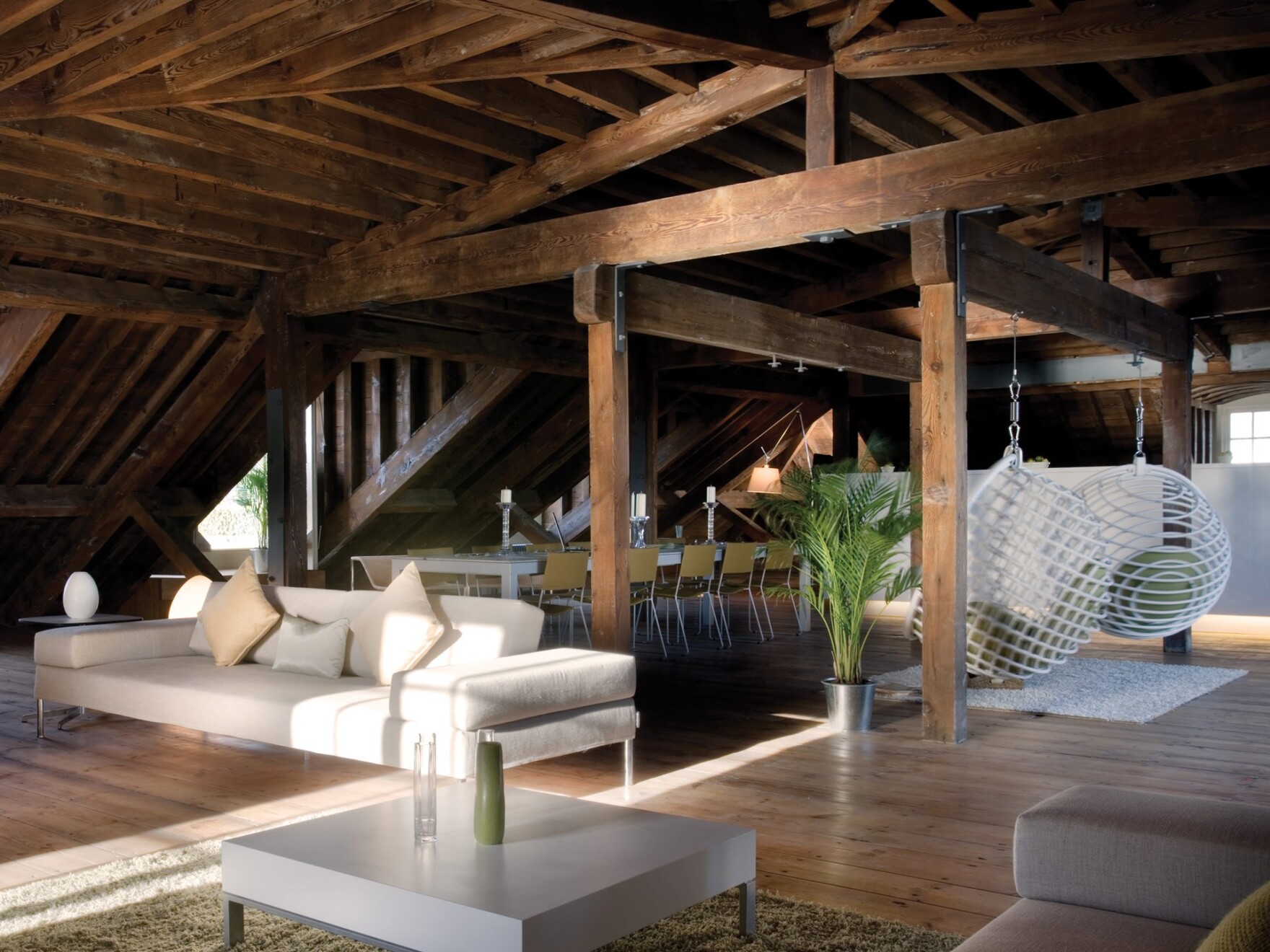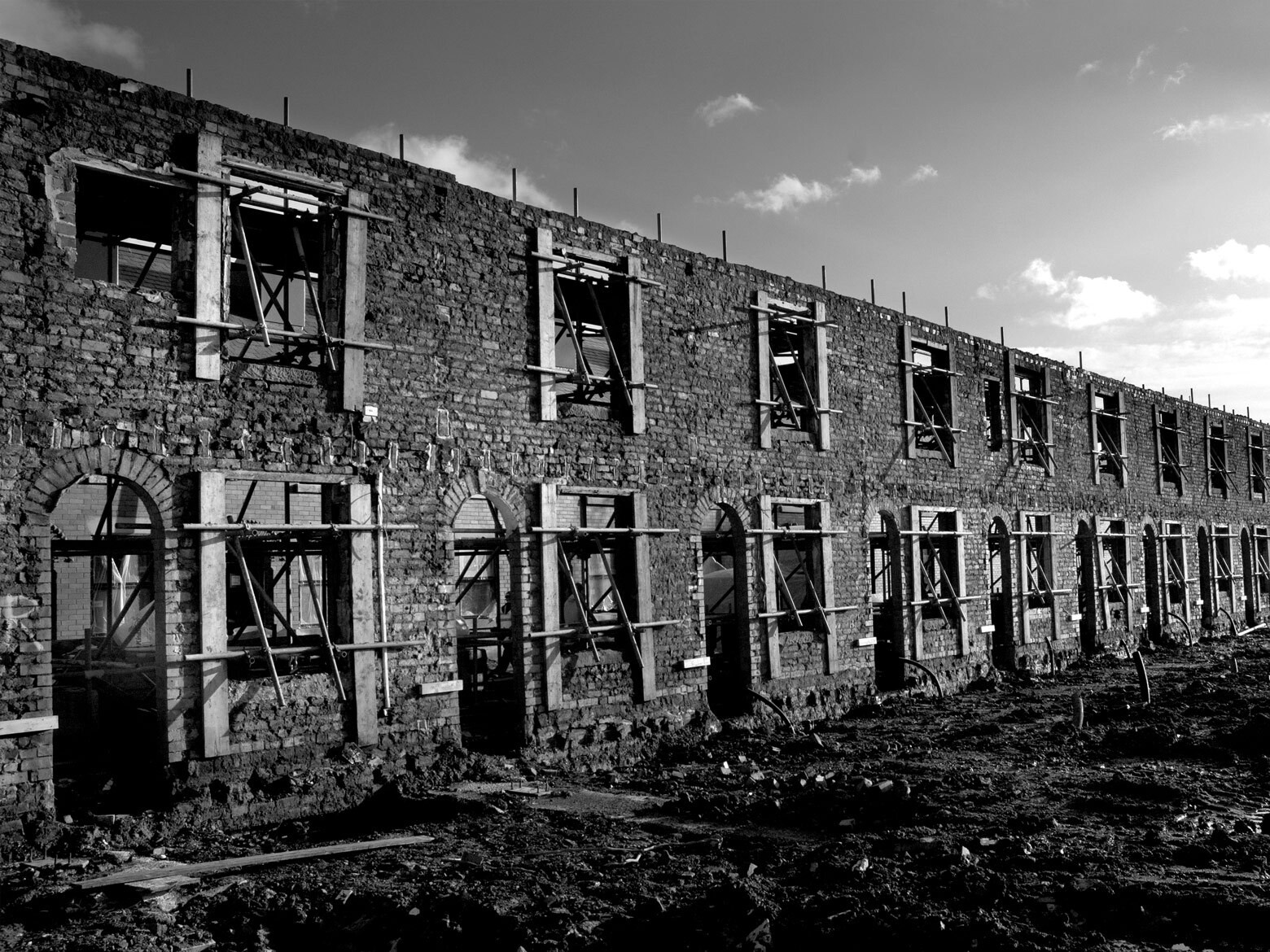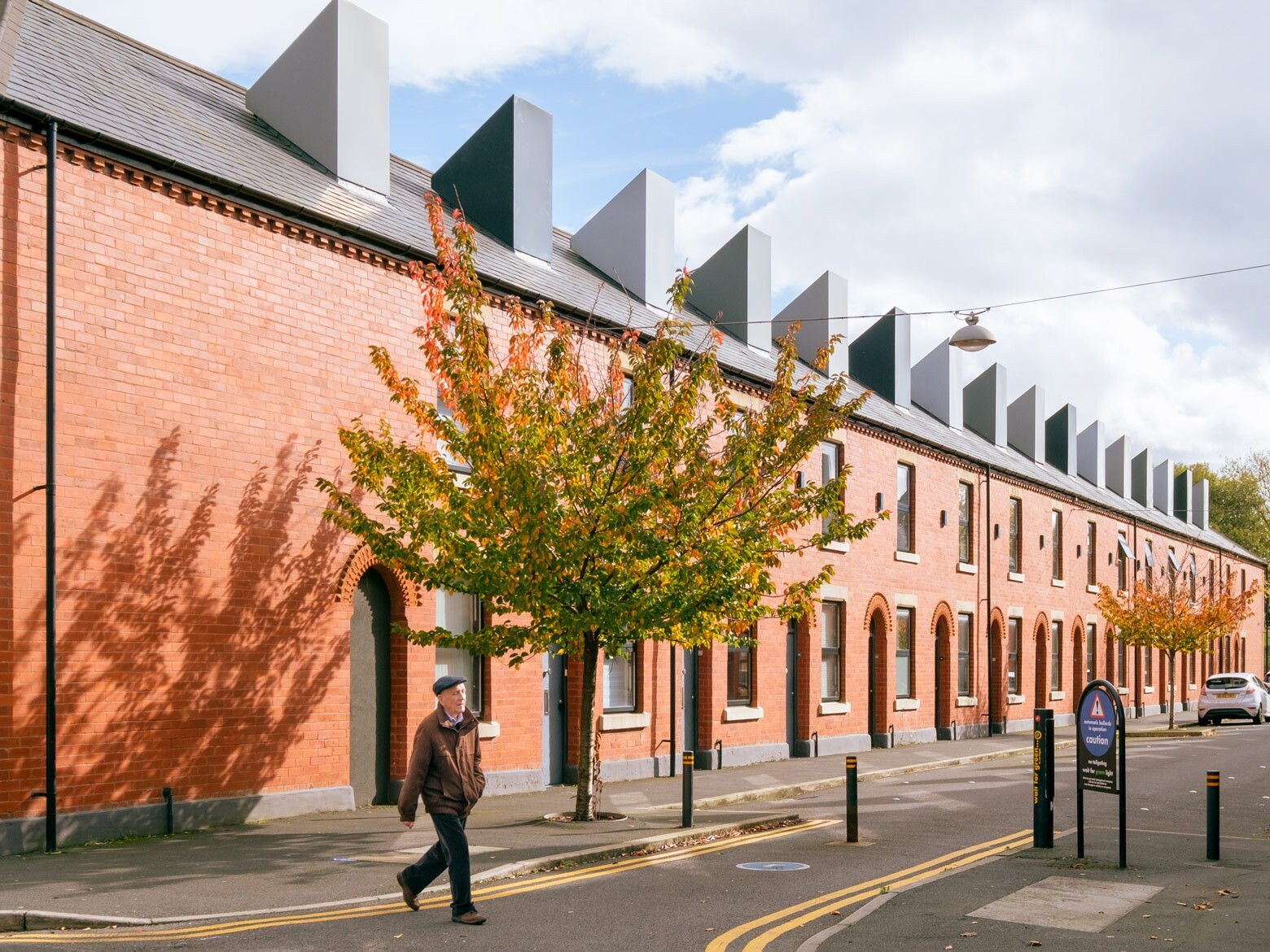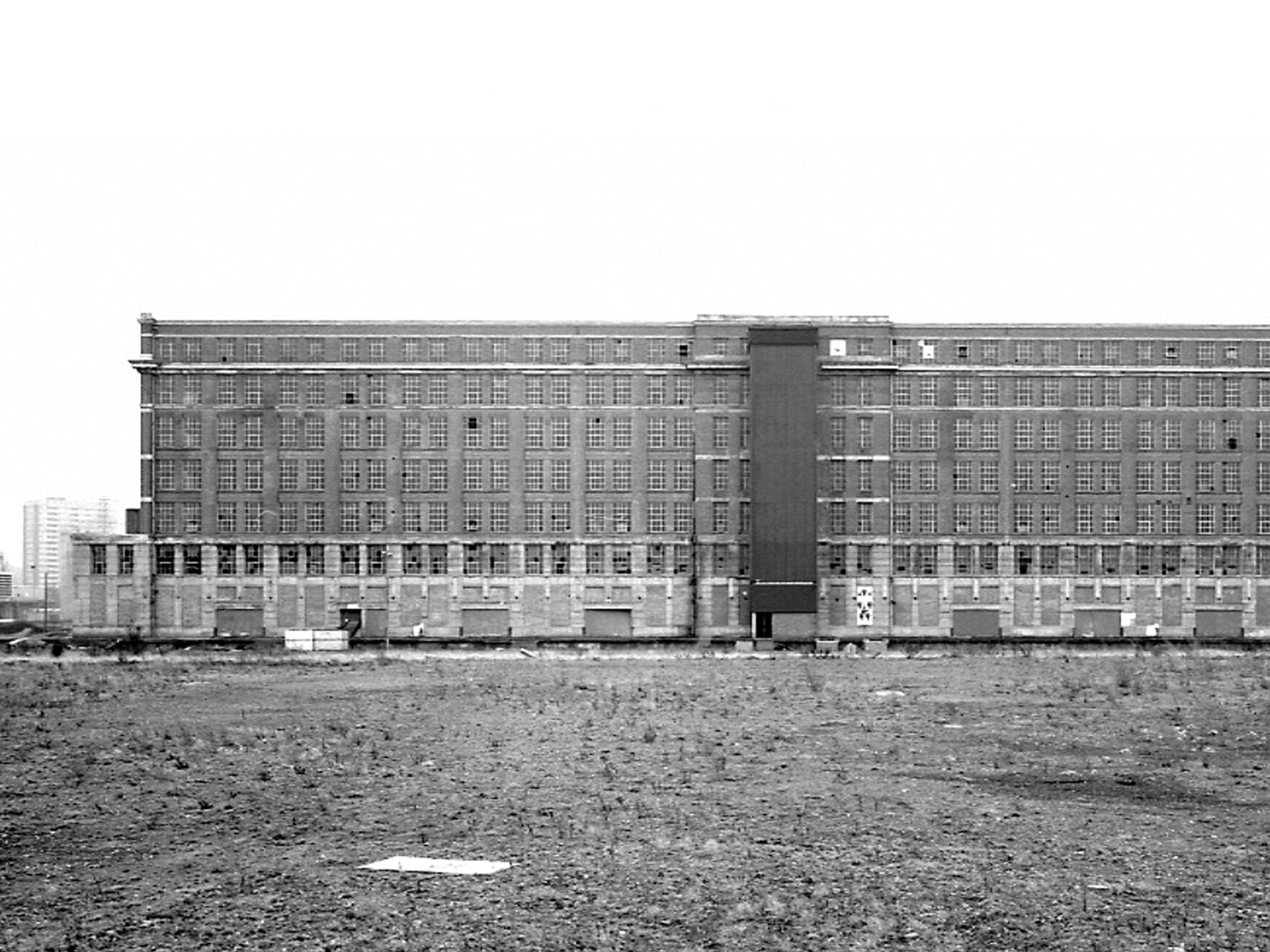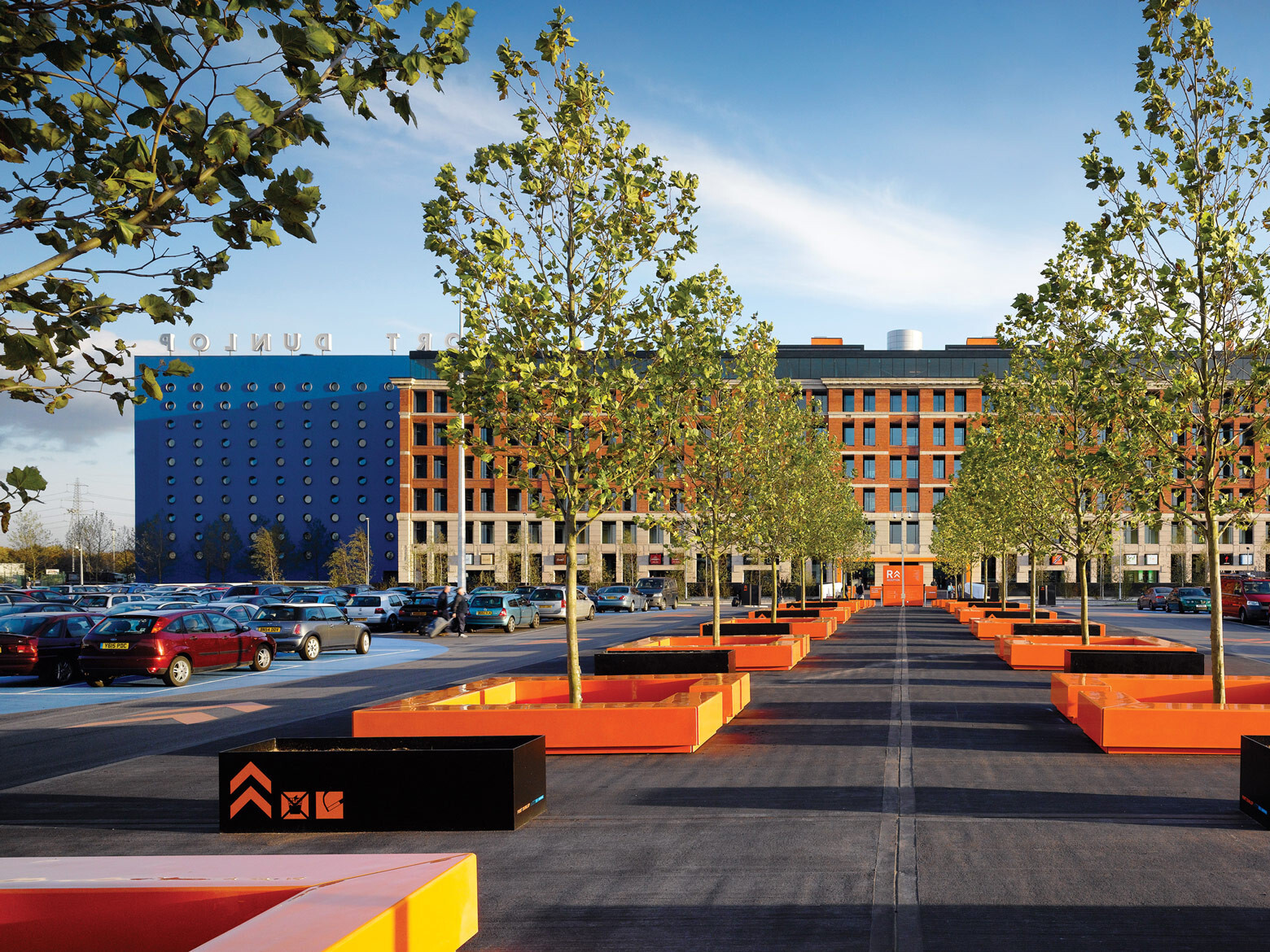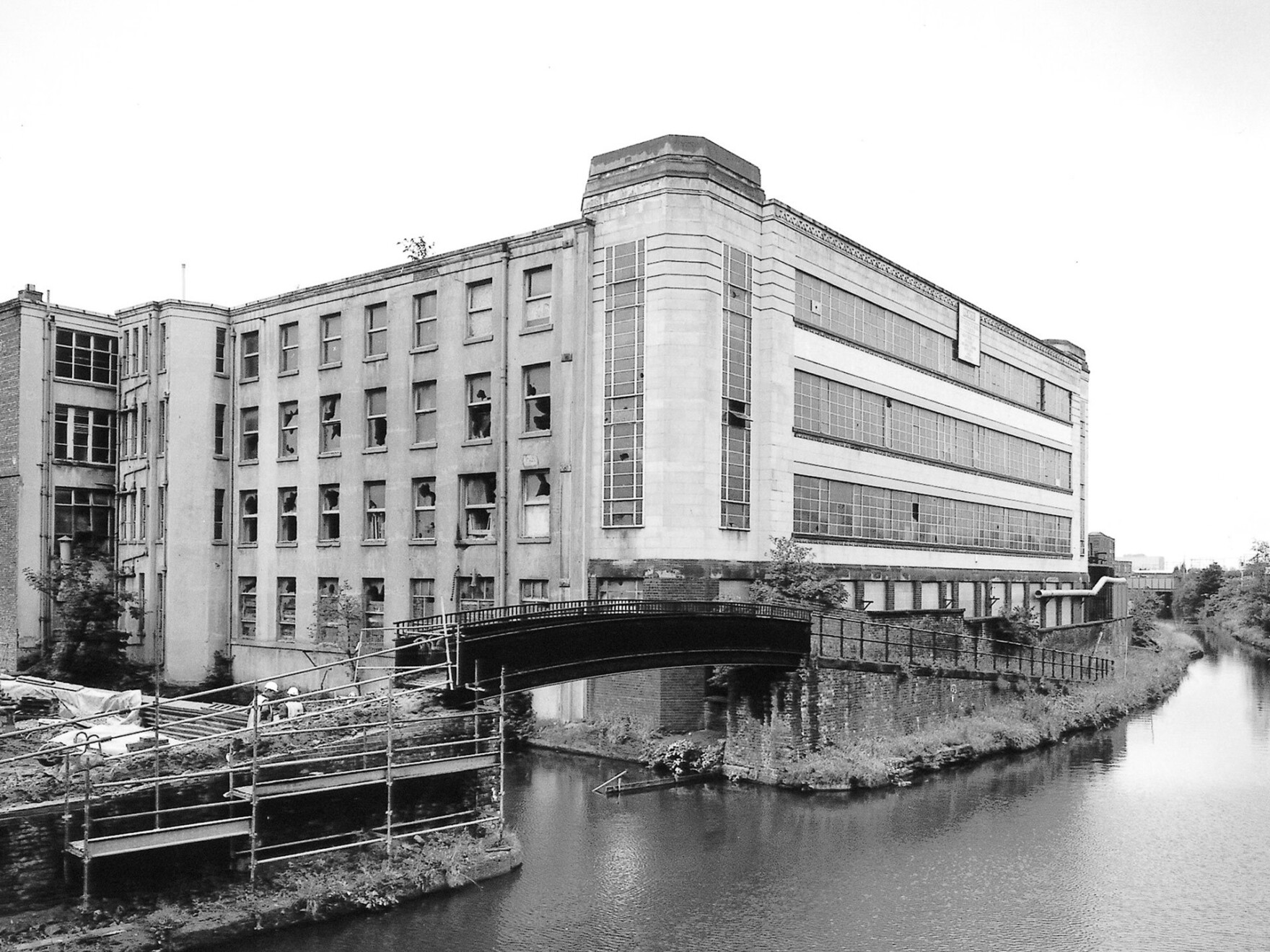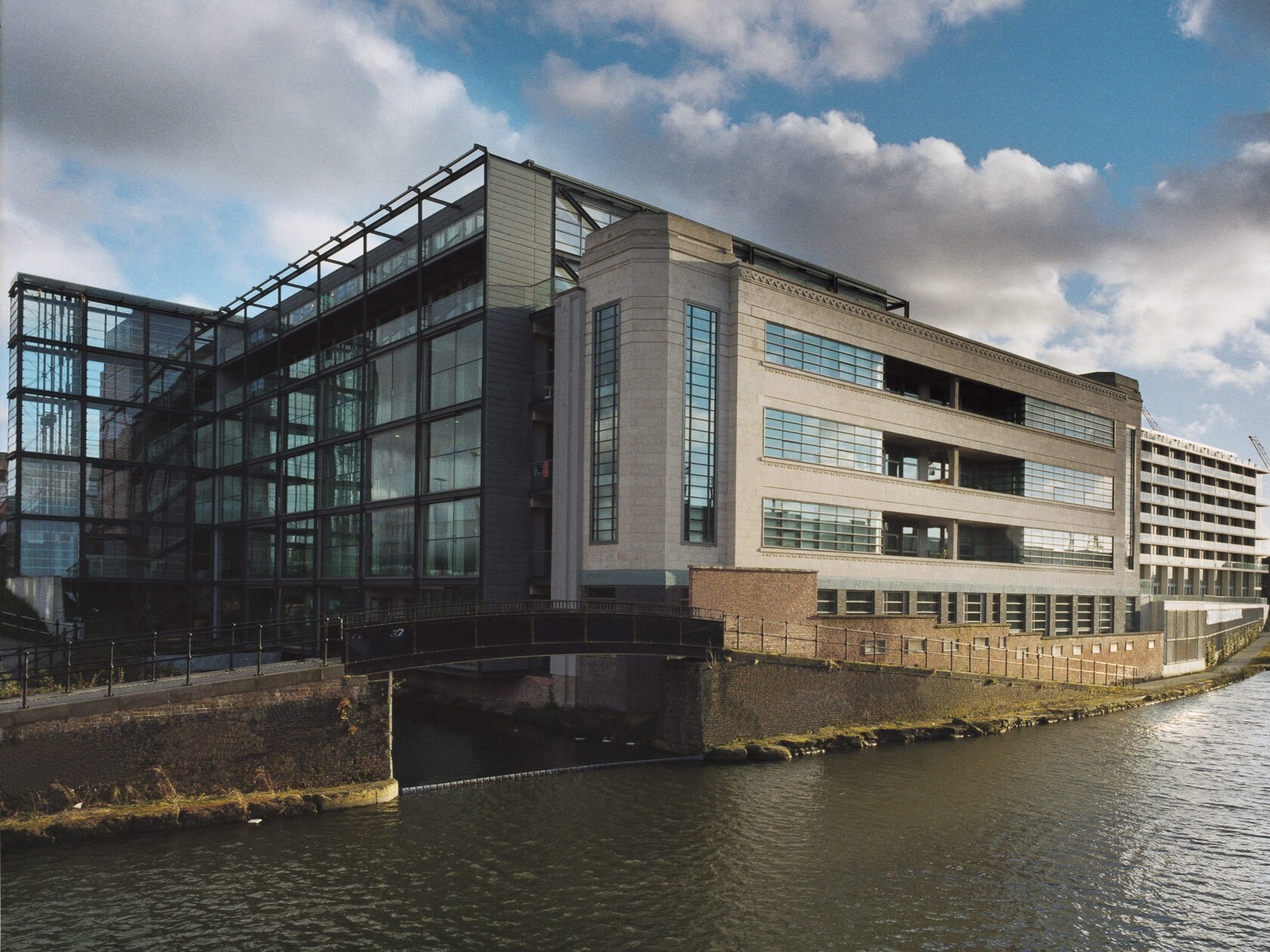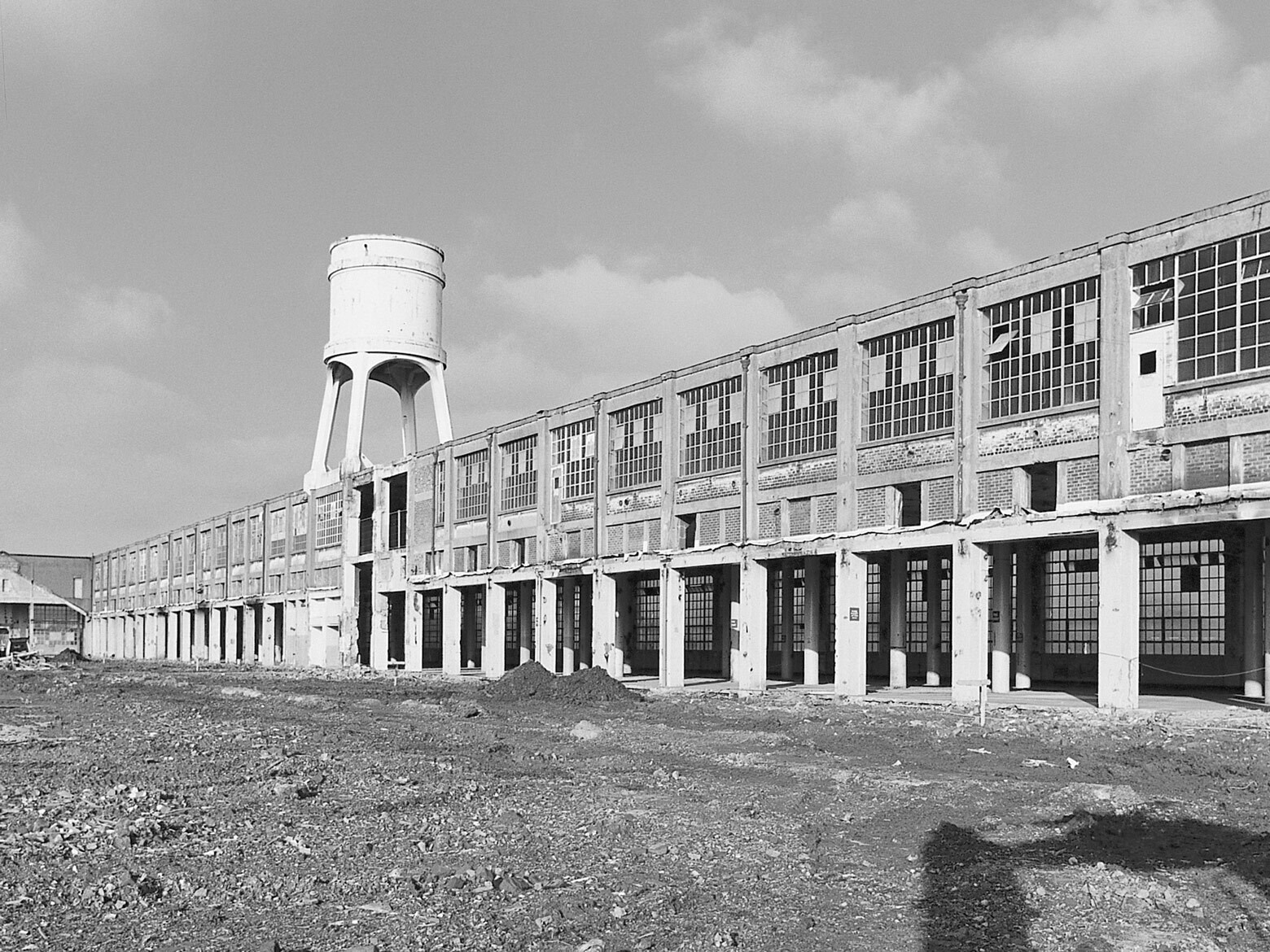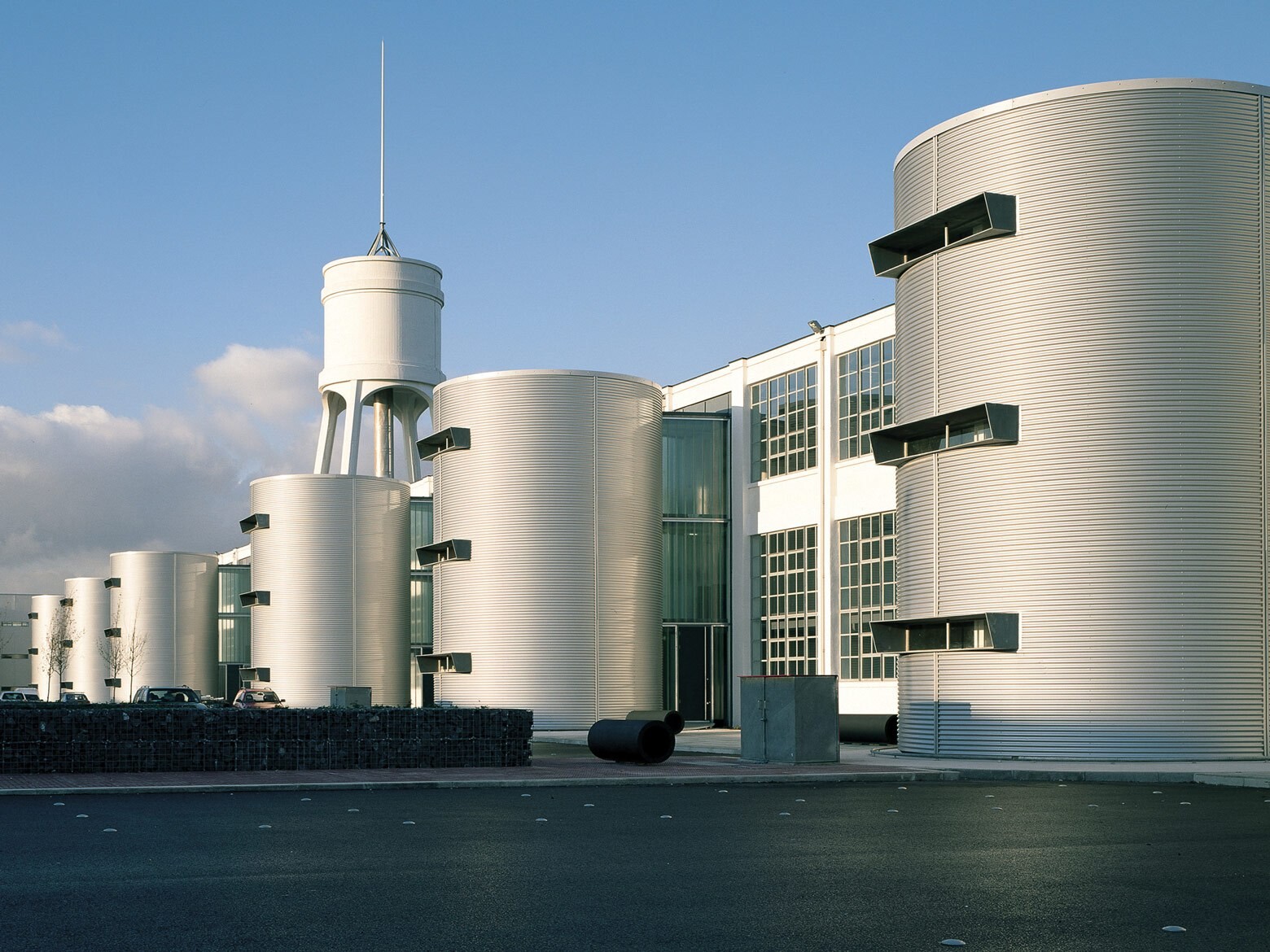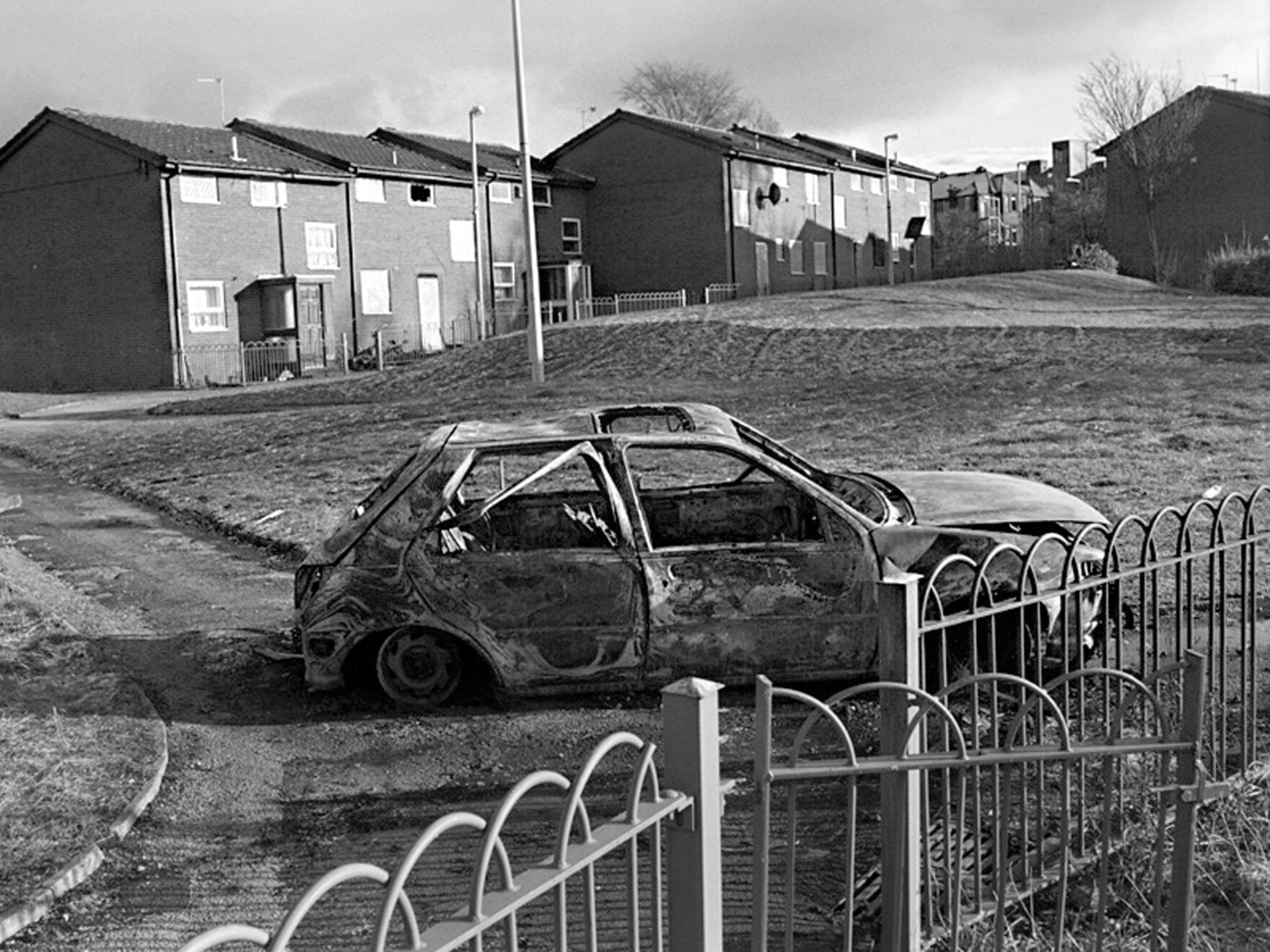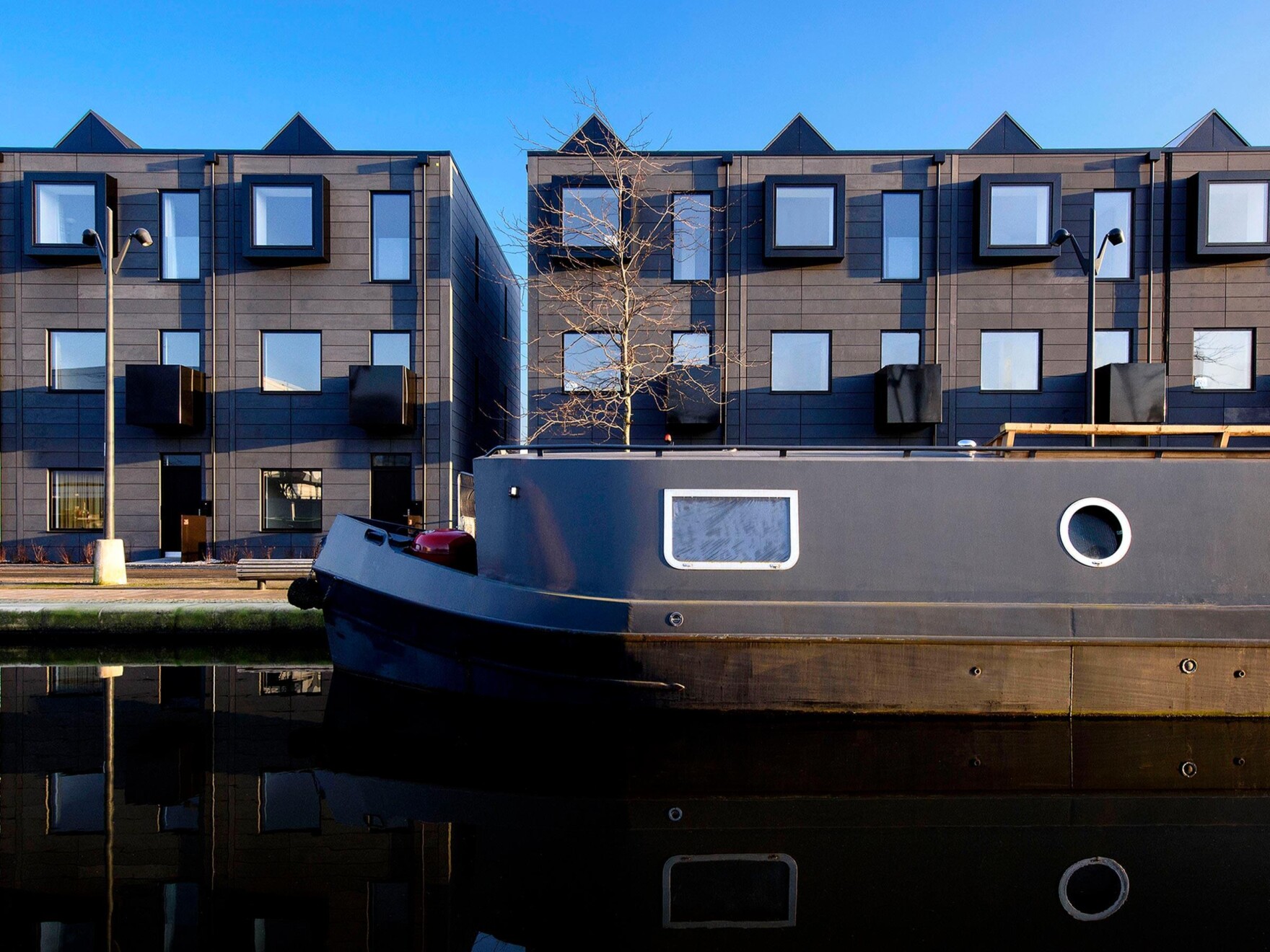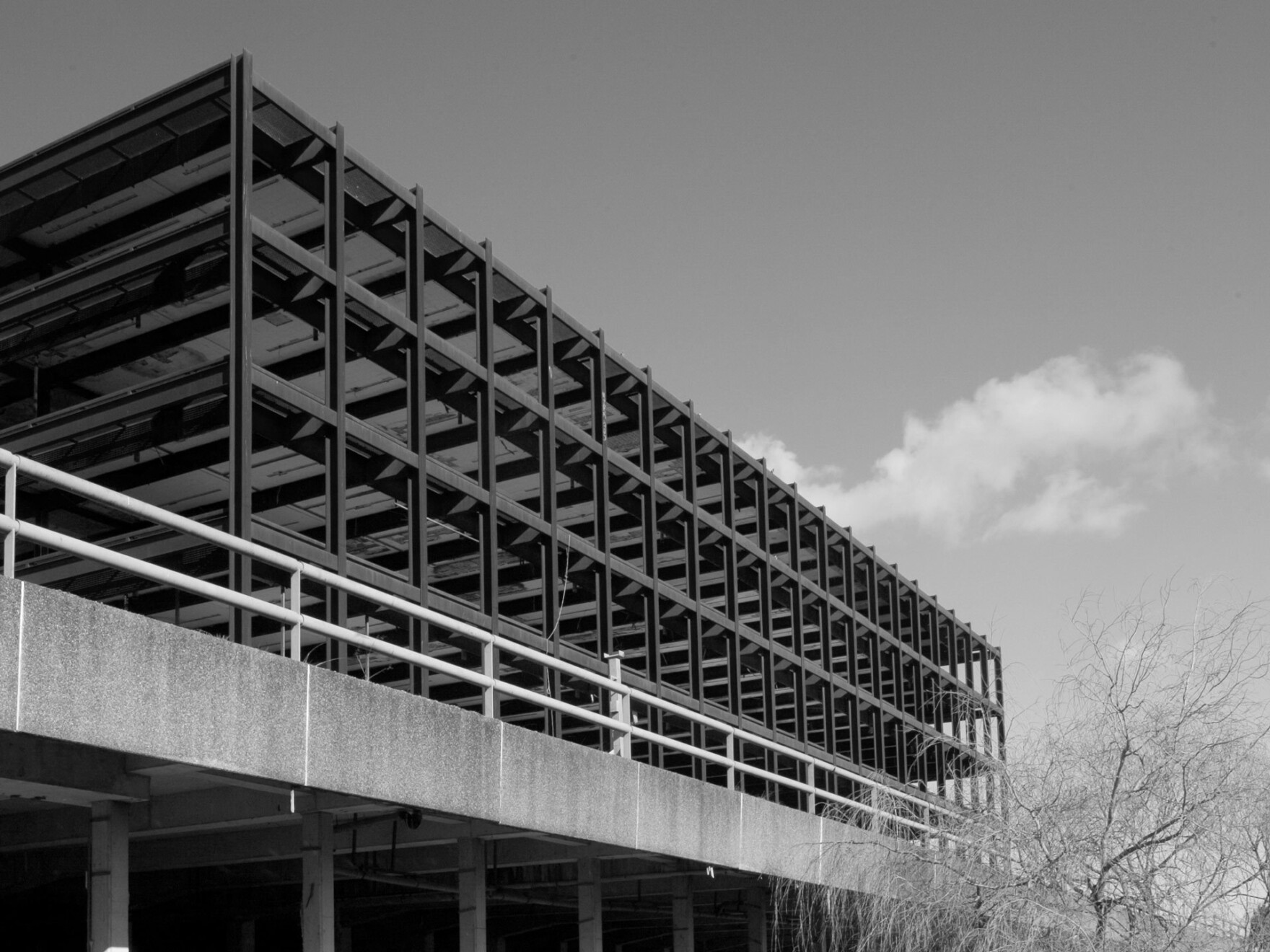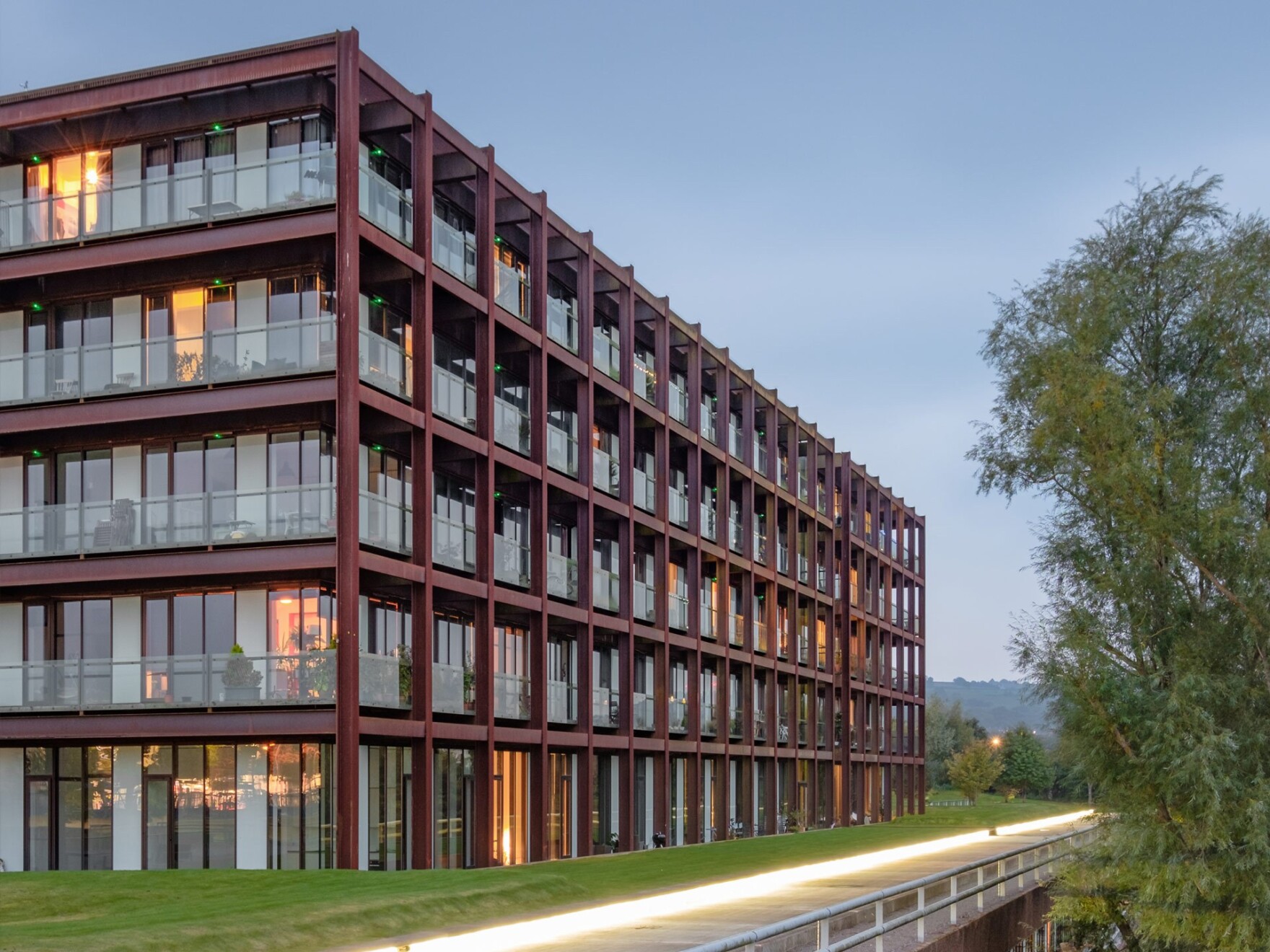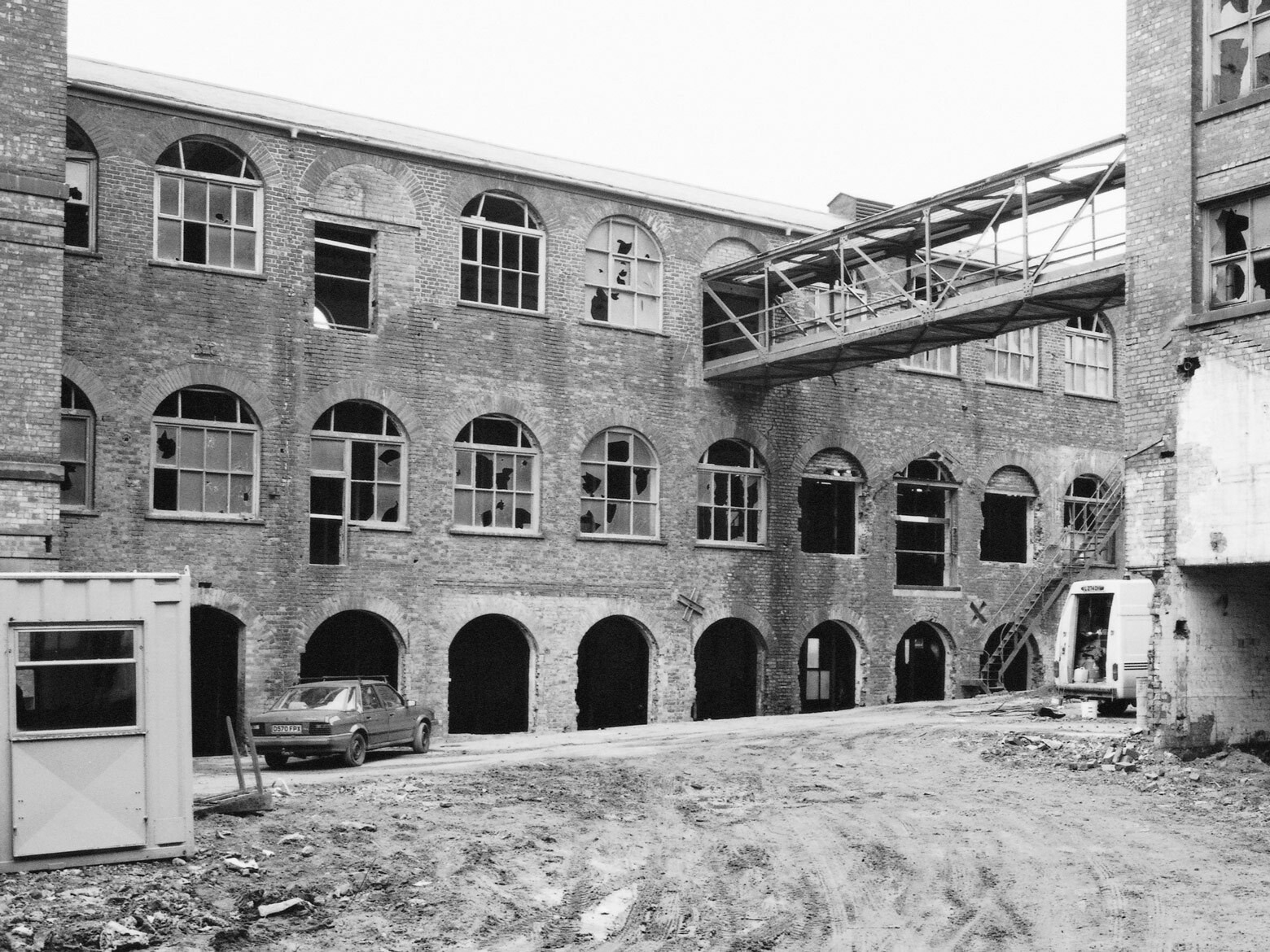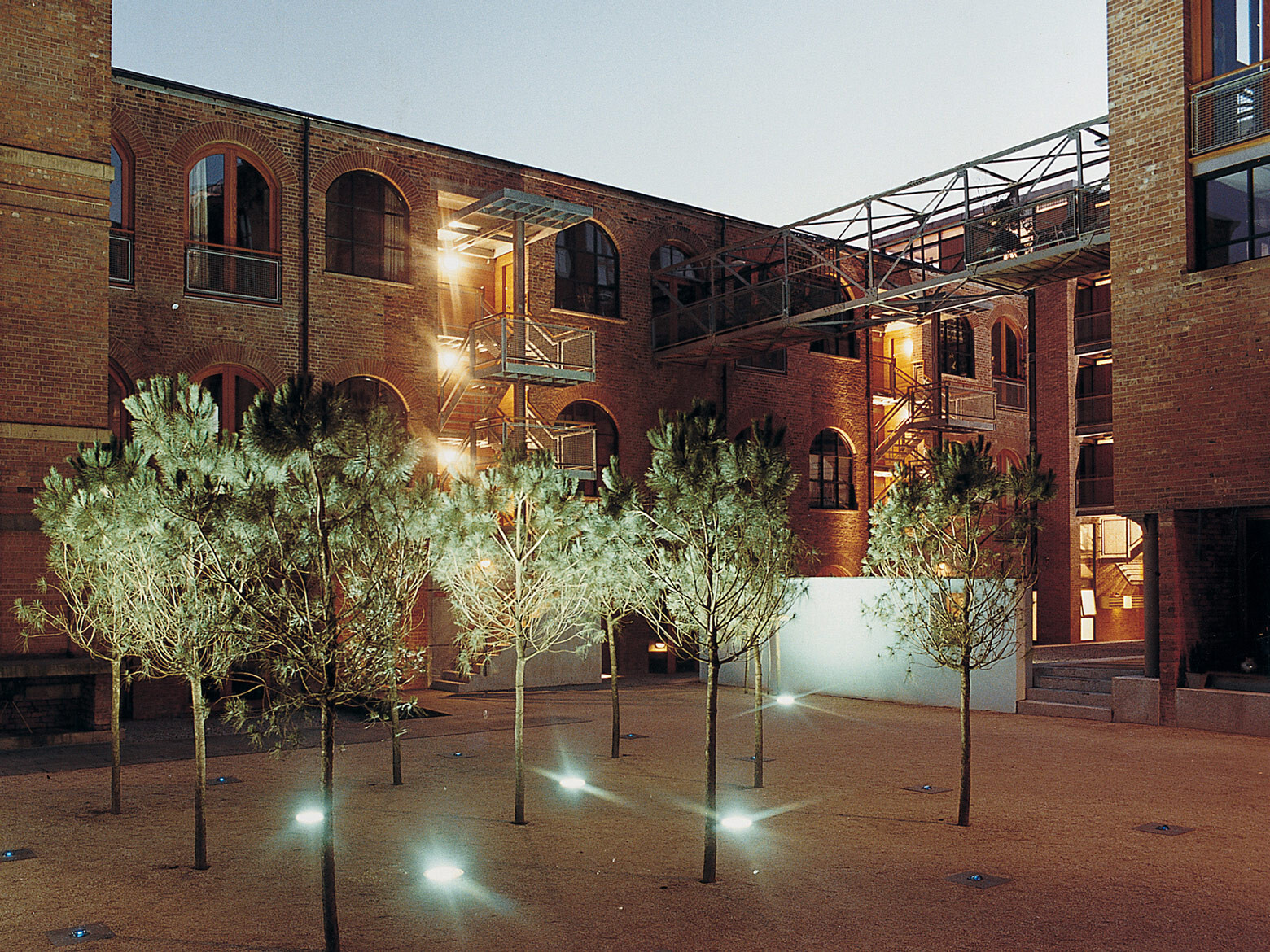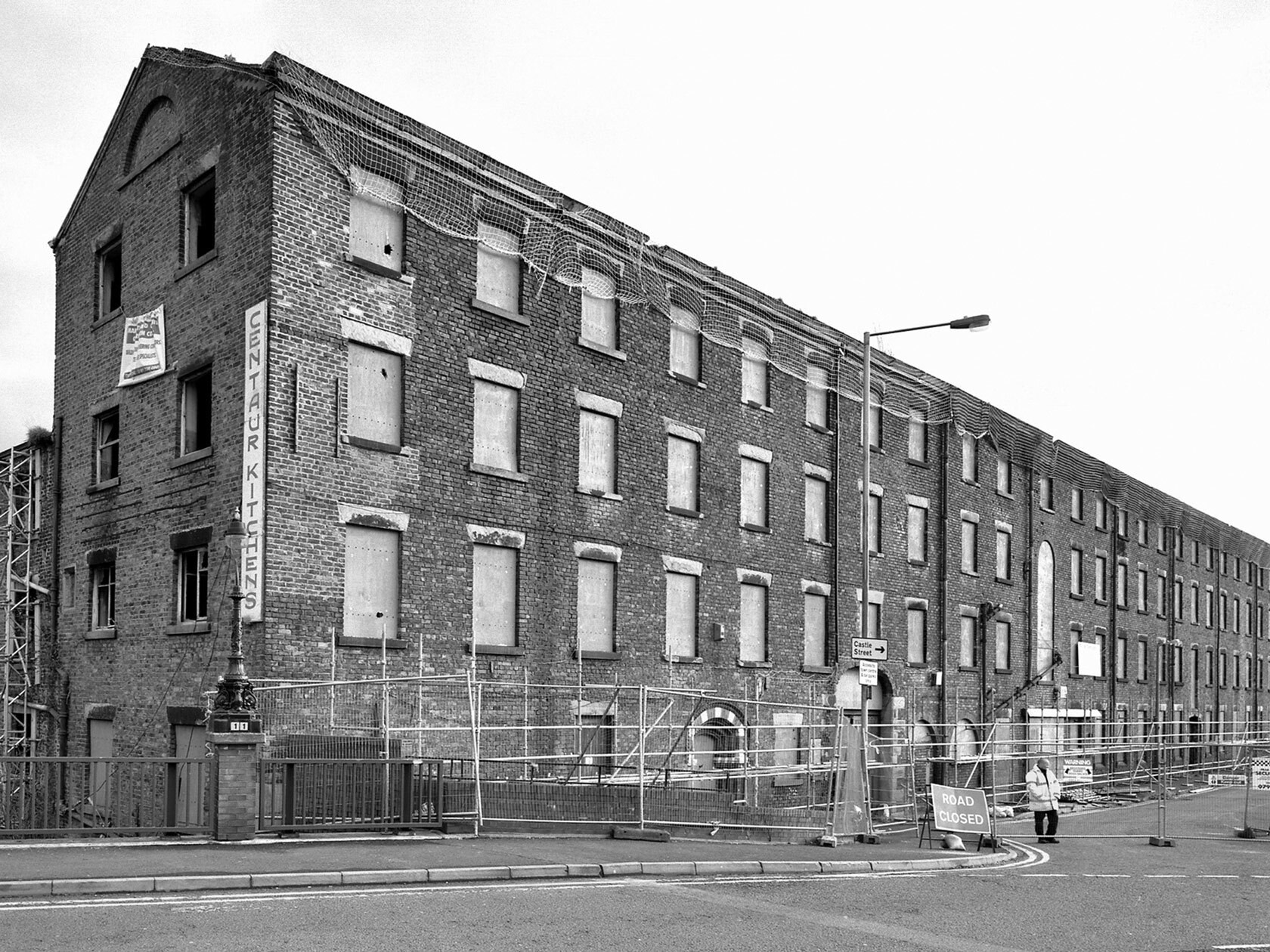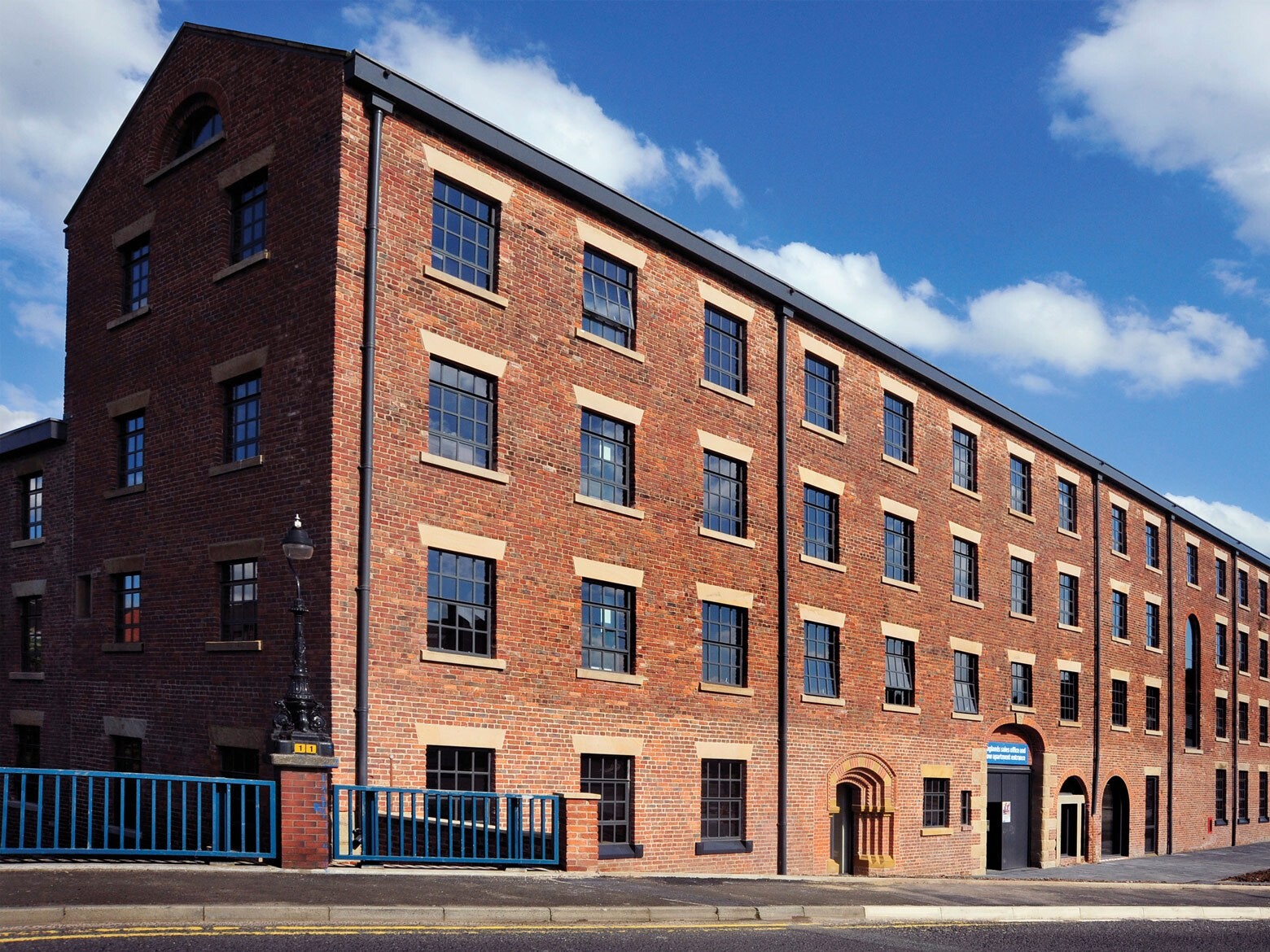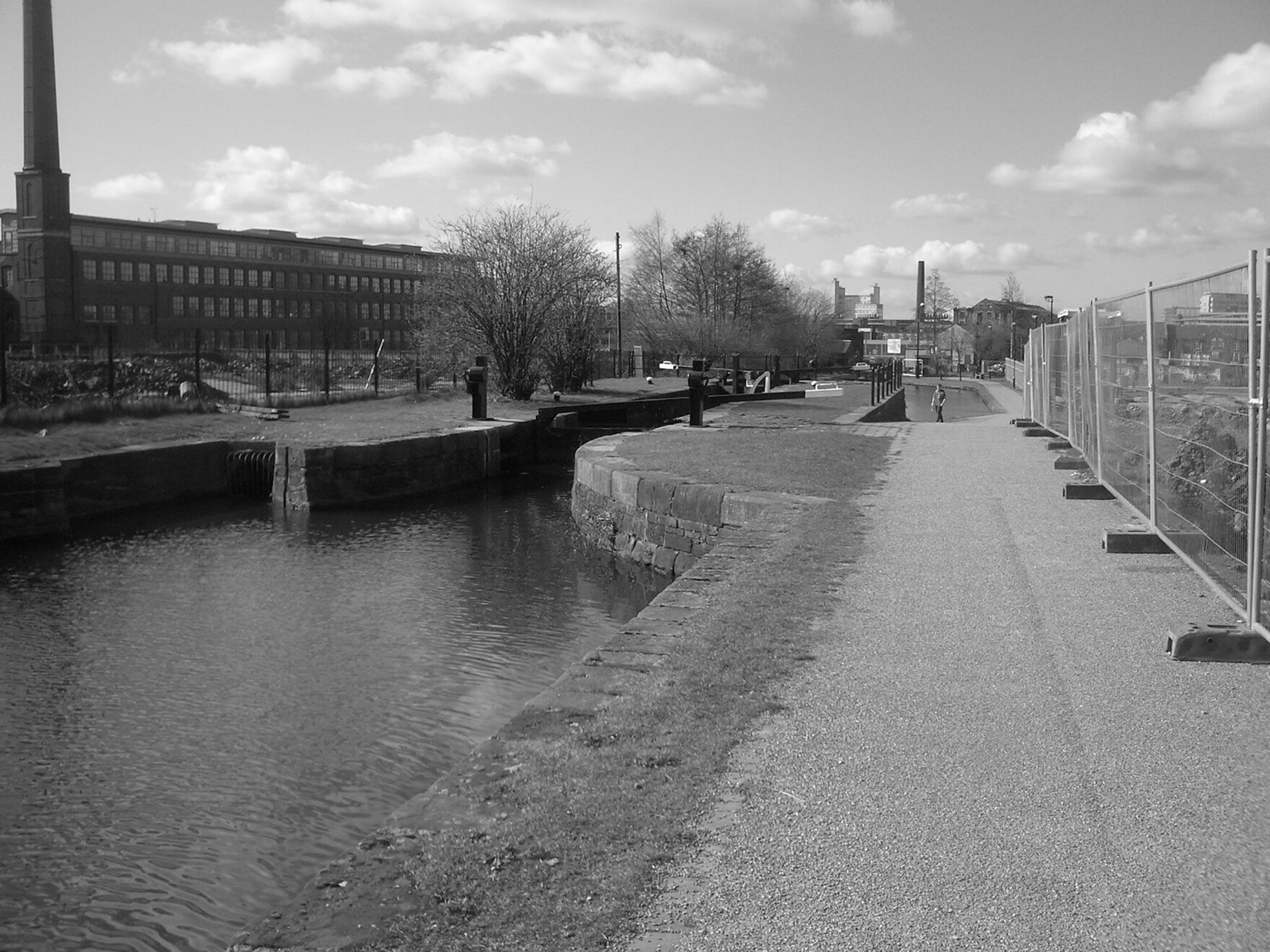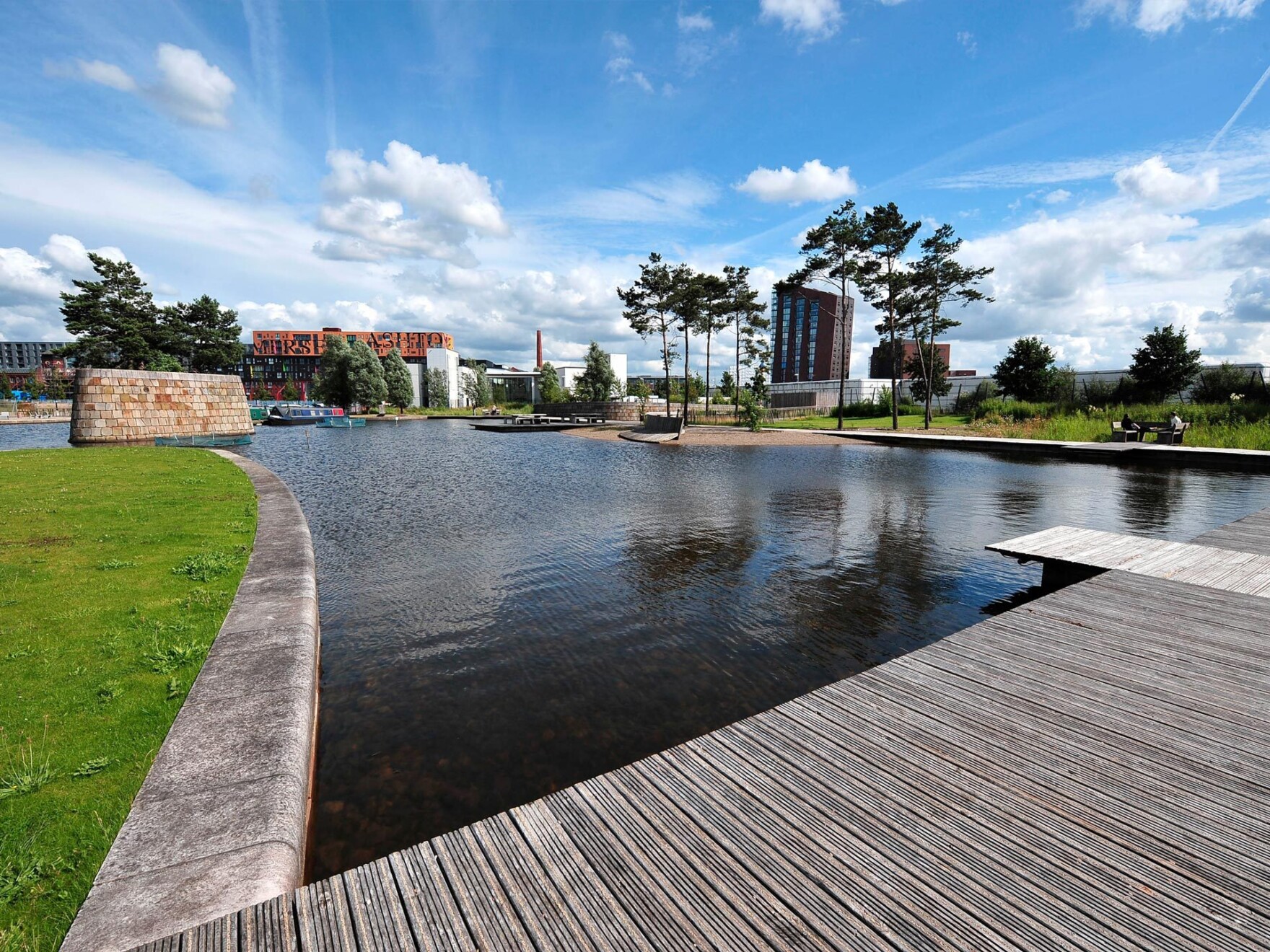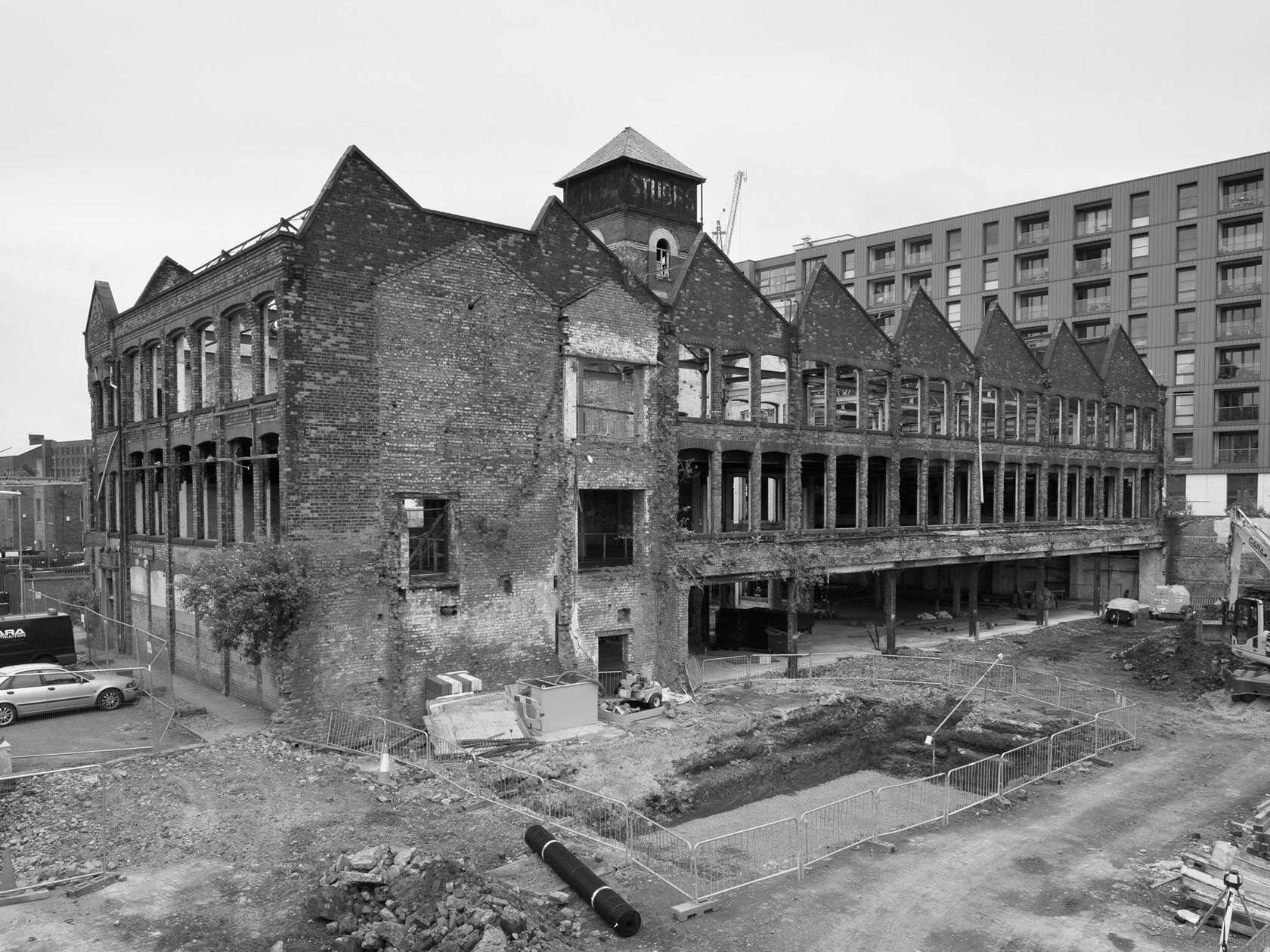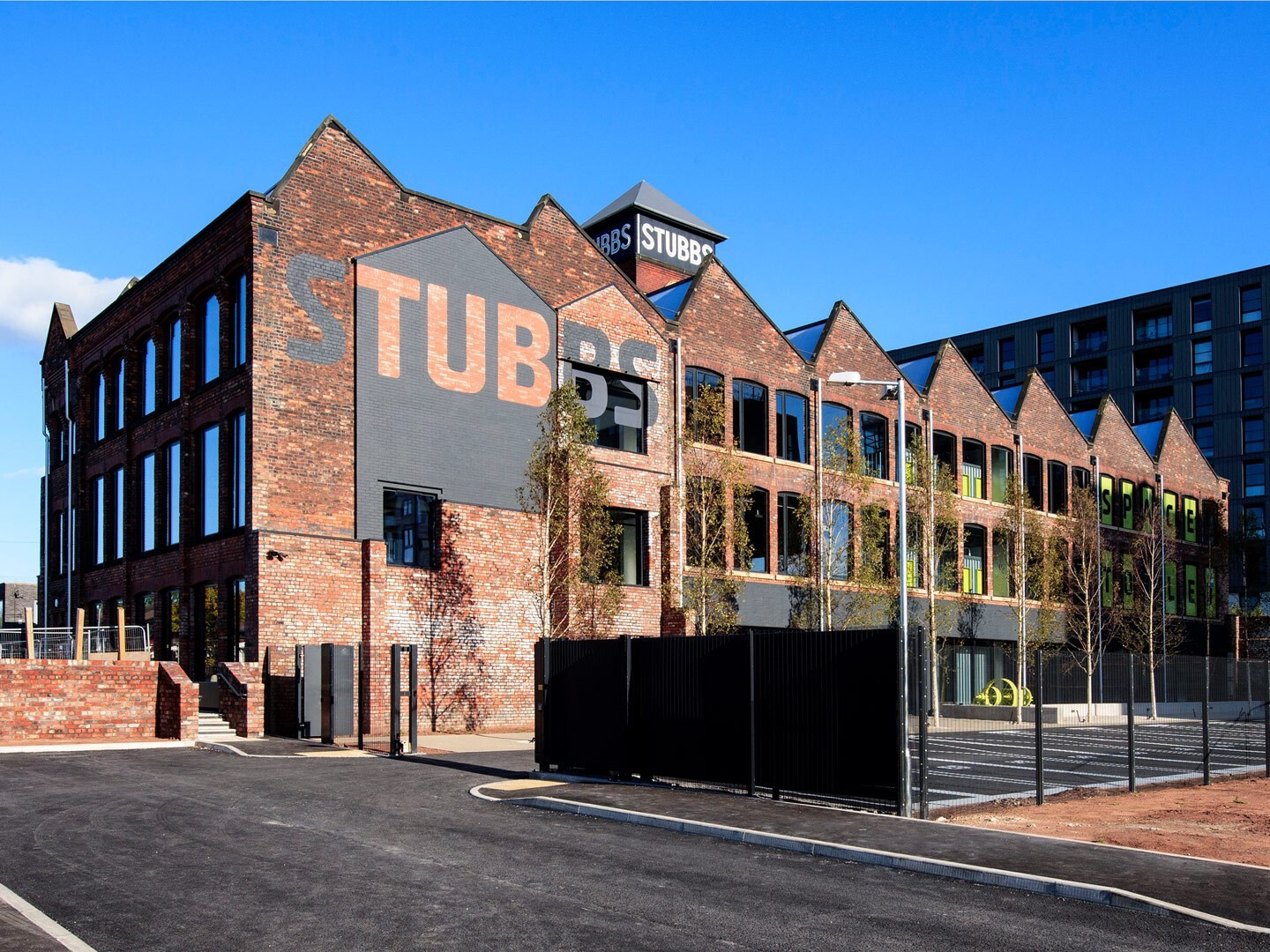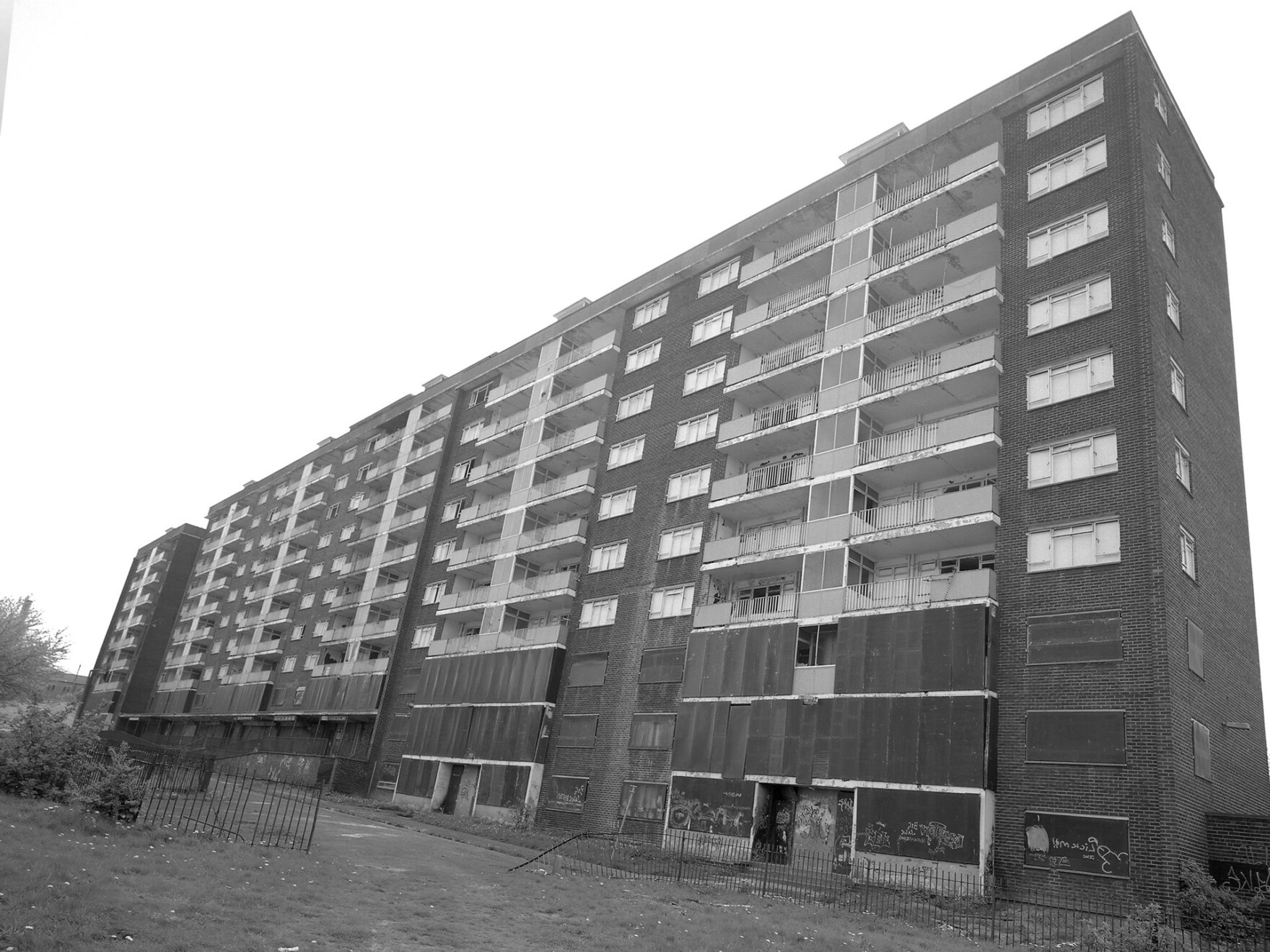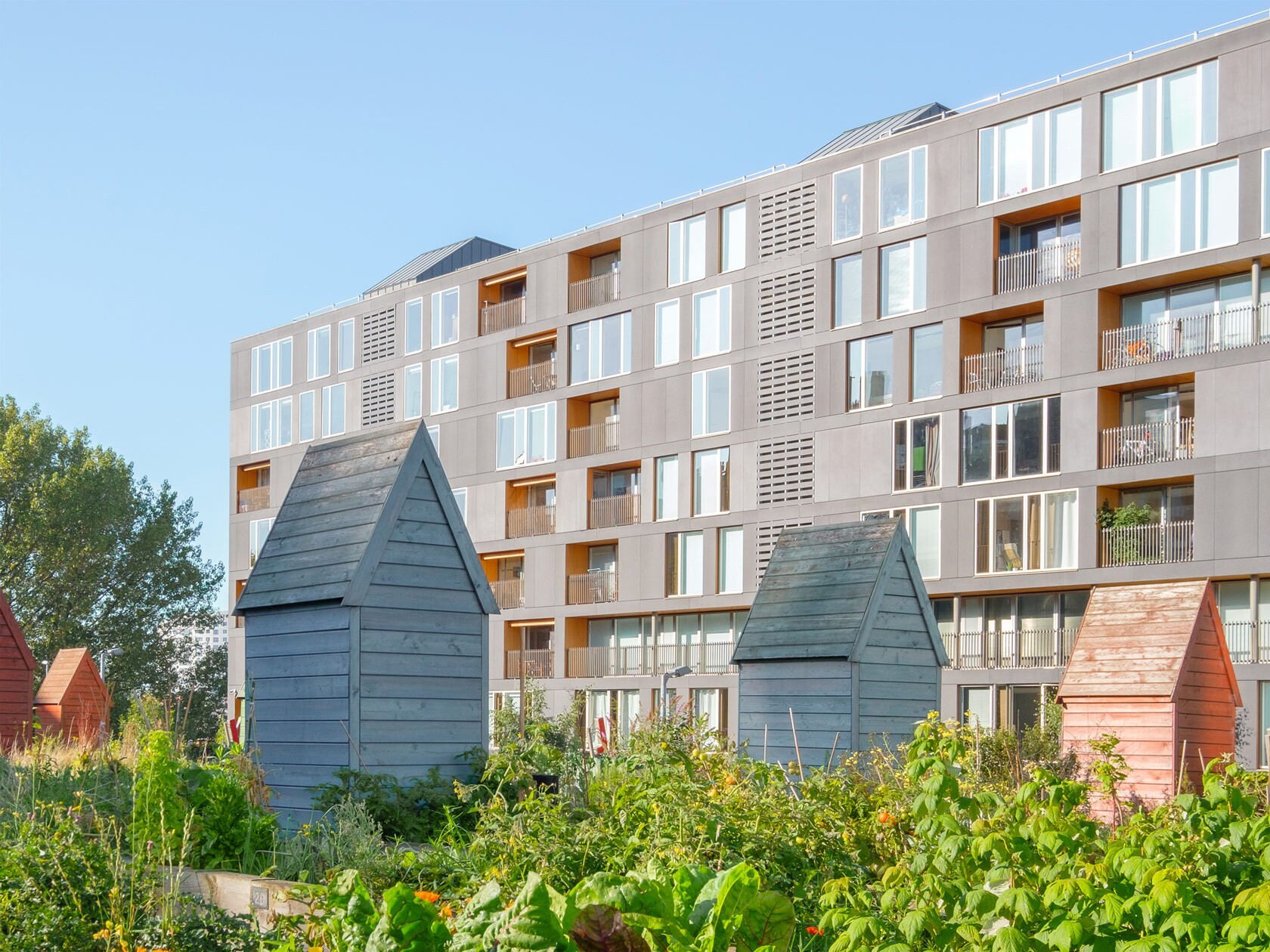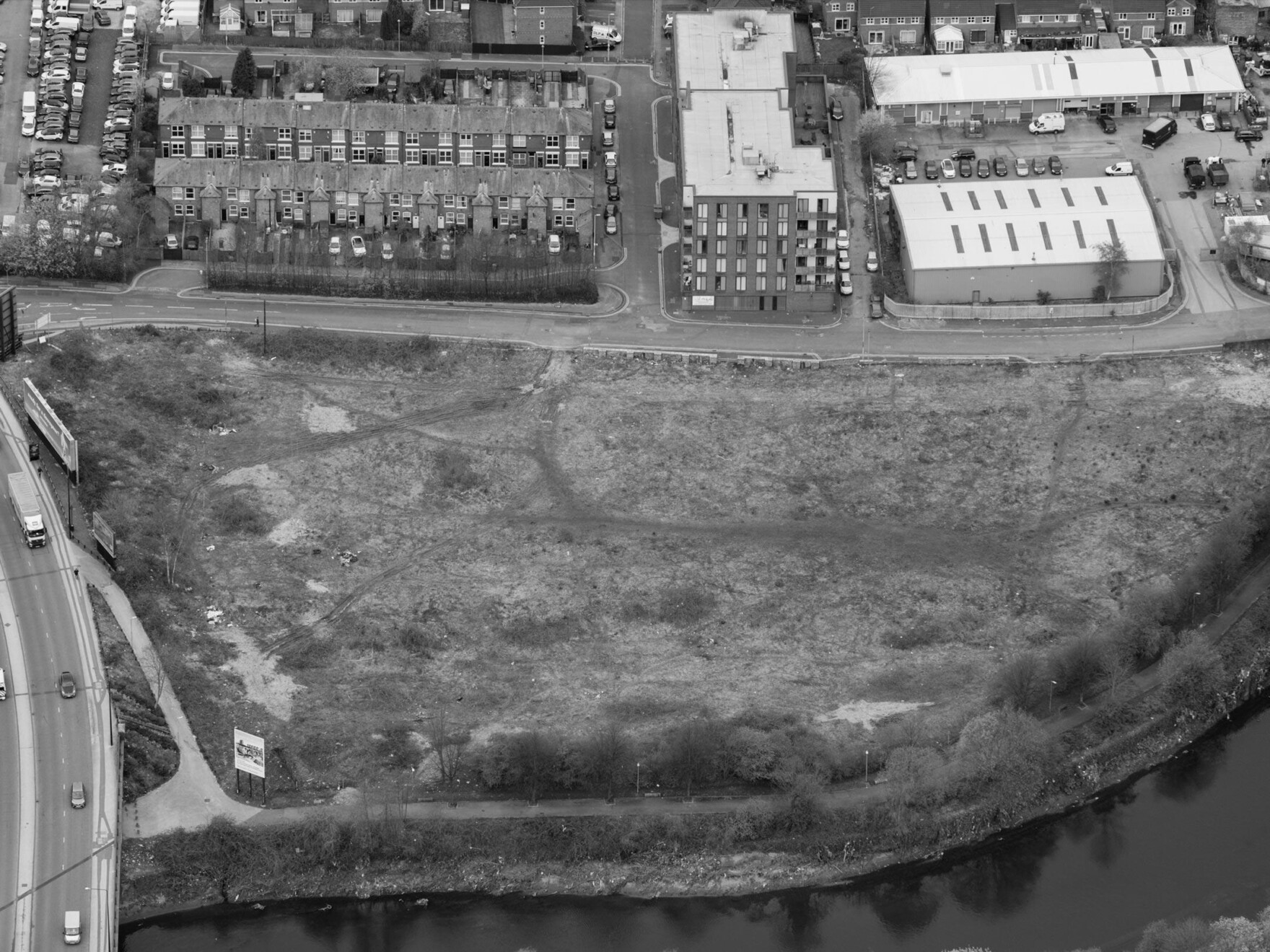"It Will Never Work" - foreword by Deyan Sudjic OBE
Deyan Sudjic OBE is an architecture writer, broadcaster, and the director of the Design Museum, London; Deyan has prepared the foreword for our new book “It Will Never Work” which reflects on the past 25 years of work by Urban Splash.
The real point of reflection is to tell us something about what happens next, rather than to offer the consolations of living in the past. Looking back across a quarter of a century at the Britain of 1993 is to see a place that is both eerily familiar, and yet utterly different. It was the year that saw the first beginnings of many of the things that have made the country what it has become.
Unemployment passed the psychologically troubling three million mark, a figure that suggested that the country was trapped in something more like a depression than a recession. John Major saw off the Maastricht rebels and UKIP was founded. James Dyson sold his first vacuum cleaner having mortgaged his house to pay for the tools needed to make it, and the legal bills to defend his copyrights. Irvine Welsh published Trainspotting. Disney opened up outside Paris; the first time that the mouse put wine on the menu. The Channel Tunnel was getting ready for public service. The Princess of Wales retired from public life. In a Liverpool still reeling from decades of decline and civic chaos, 1993 was the year that Derek Hatton the Trotskyite ex leader of the council was acquitted of corruption charges.
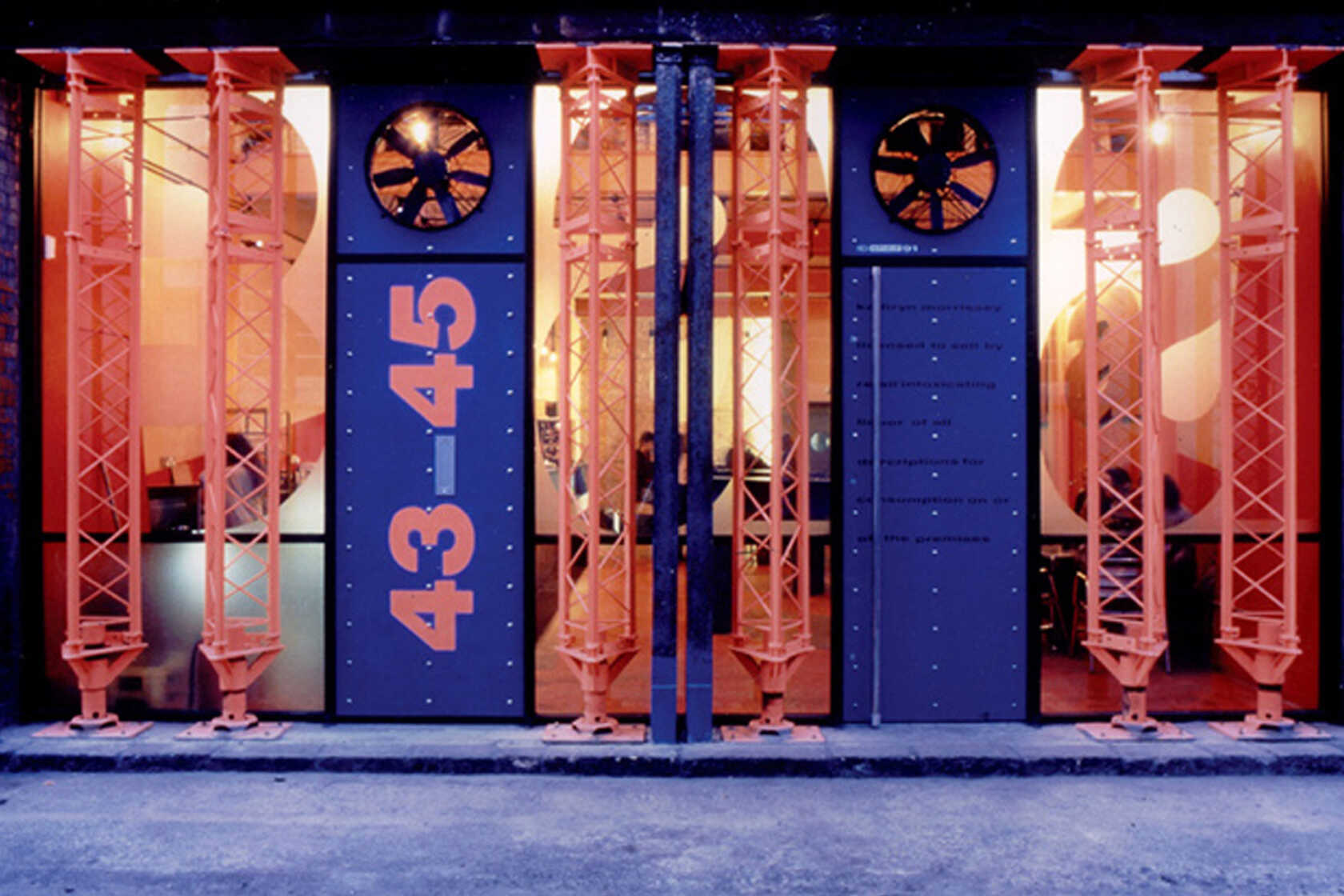
Two years earlier a bar opened in a previously run down part of Liverpool city centre. Baa Bar was characterised by a vivid orange and blue colour scheme and a pragmatic use of exposed structural props to create a striking façade for the expenditure of as little money as possible. It was the project that brought Tom Bloxham and Jonathan Falkingham together to form a new property company, called Urban Splash, that set out to convert redundant industrial and commercial spaces to residential use. Set against the kind of things that were going on in Barcelona still in its post Olympics glow, or dare it be said even Manchester with the Haçienda, it was not the first example of what would soon be described as hipster cool. But it was an early sign that something new was happening in a city that had not had much to feel good about since The Quarrymen set off on the road that would take John Lennon to Hamburg. (In fact the musical background to 1993 was a mix of Snoop Doggy Dogg, REM, Phil Collins, the Proclaimers, Radiohead and Nirvana).
The first Urban Splash development, Concert Square, suggested that the kind of ideas Jane Jacobs had been promoting about nurturing street life and the dangers of clearing so called slums ever since she had written The Life and Death of Great American Cities were finally beginning to have an impact in the North.
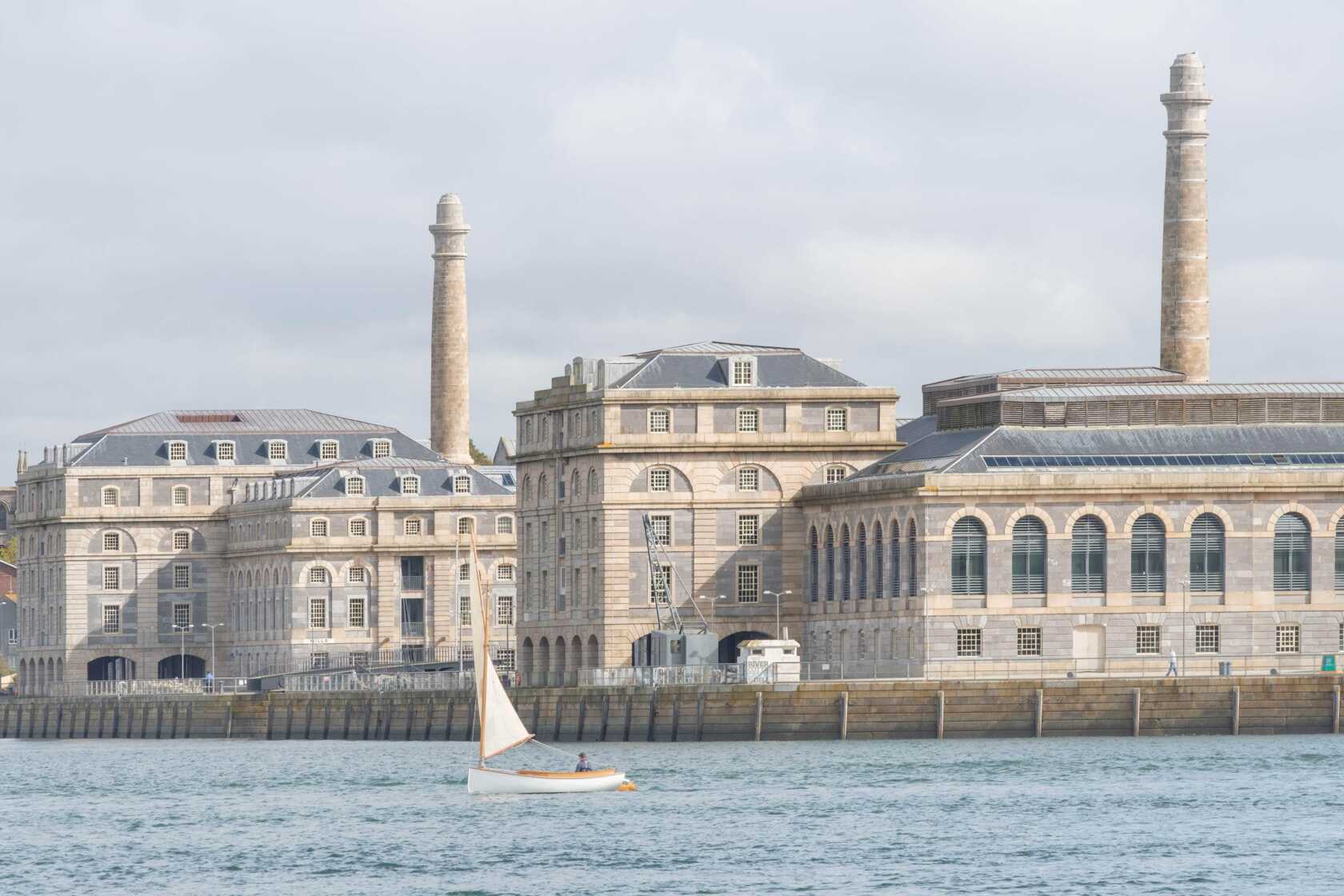
Look at Liverpool now, or Manchester, or Sheffield or Birmingham and they have turned into what seem like a different urban species. It’s a change signalled by city centres filled with street life – for better, and sometimes for worse and by skylines punctured by picket lines of sharply sculpted, colour accentuated new towers. Unlike their less flamboyant concrete predecessors that they have come to overshadow, these are built for sale, or to house students, rather than to provide social housing. Urban Splash of course is not responsible for all of this, but it has played a significant and highly visible part not just in changing how cities look, but perhaps even more our preconceptions about them. And it has been responsible for many of Britain’s most impressive projects outside London, from Plymouth’s Royal William Yard, to the restoration of Birmingham’s cylindrical office tower, the Rotunda. They have also commissioned a uniquely open minded range of architects. They gave FAT their only major project in Britain, built housing designed by Will Alsop as well as by Norman Foster.
In 1993 we knew for a fact that high rise social housing was a total and unmitigated disaster. We knew that the big cities outside London were rotting at their heart, those who could leave them were in full flight for suburbia or green satellite towns. Even London which had begun to see the doughnut effect, the hollowing out of its centre, go into reverse still had a million fewer citizens than in 1939.
Developers for the most part believed that nobody had ever gone bust by underestimating the taste of the British public. Dealing with old buildings was regarded as difficult to finance, and unnecessarily complicated. For most planners traditional zoning was still a key issue. Work had to be kept at a safe distance from home and play.
Lenders did not like the idea of funding of offices that included retail or restaurant spaces at ground level, for fear of legal complexities.
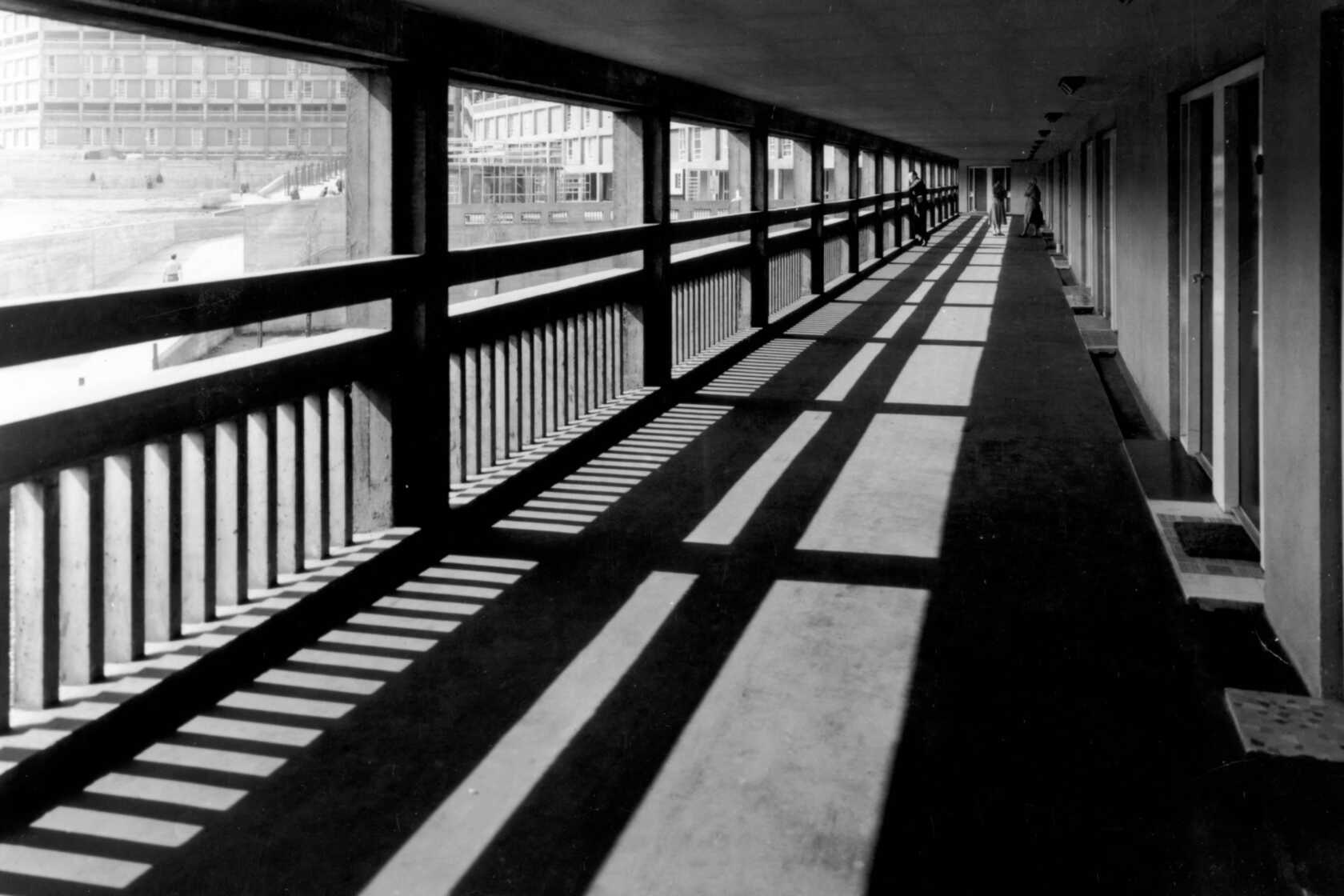
Twenty-five years ago we saw the architecture of the recent past differently. In 1960 Ivor Smith’s team of architects at the city council completed the Park Hill complex which has dominated Sheffield’s skyline ever since. It was opened by the then leader of the Labour Party with high hopes for the transformative power of modernism. By 1993 it was considered among the most appalling examples of the welfare state forcing the poor to live in conditions of dangerous squalor. That was the year that the complex was the scene of a four hour stand-off between armed police and the occupants of one of the flats on its dilapidated streets in the sky. It wasn’t just the siege that signalled the degraded nature of the development to those who were ready to use it as the justification for Mrs Thatcher’s onslaught on public housing. It was the supposedly depraved condition of the surviving inhabitants. The local newspaper reported that a group of residents had set off a barrage of re crackers in the hope of drawing the police into a shoot out for the purposes of their own entertainment.
The place had a reputation long before that for damp, cockroach infestations, and crime. In 1979 there had been the tragic accidental death of an eight year old child, struck by a television set lobbed off one of the upper floor balconies. Not surprisingly, when the blocks were listed by English Heritage, the response in much of the city was of disbelief. One opinion poll suggested that far from being preserved as modern landmarks, 90 per cent of those answering would prefer to see them demolished. Look at it now, the most effective demonstration of the possible.
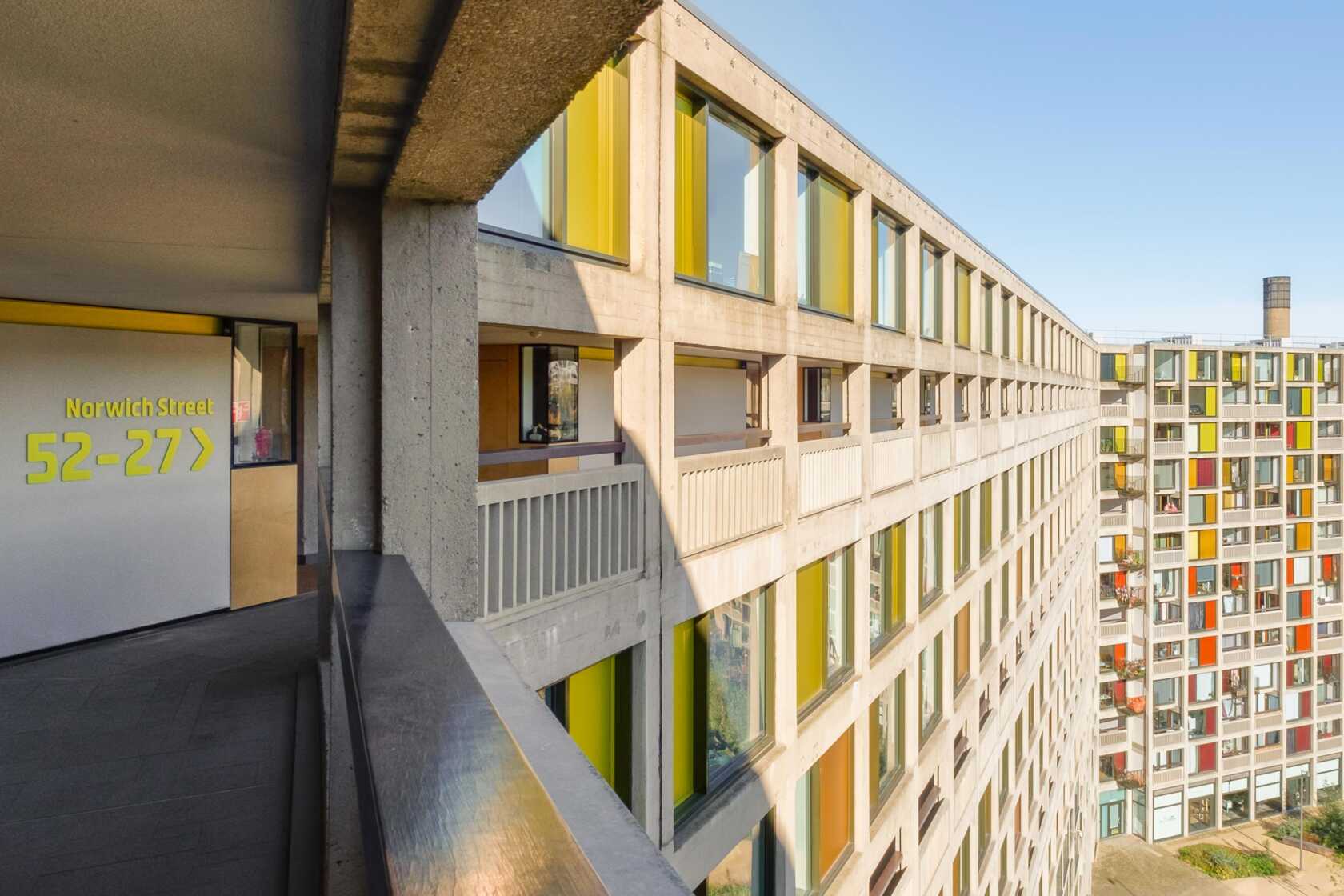
That Urban Splash should have the courage to take Park Hill on, and emerge through the financial crisis of 2008, to carry out a comprehensive transformation of the entire complex, maintaining its essential architectural and urban qualities, making 25 per cent of its refurbished flats available to the social sector, and persuade private buyers that this has become a desirable place to live is little short of miraculous. The comparison with what was possible in the much more financially benign climate of London where nobody had the appetite to save the perhaps even more impressive Robin Hood project, designed by Alison and Peter Smithson and demolished this year, is instructive.
Working with English Heritage, and joint architects Studio Egret West and Hawkins Brown, Urban Splash stripped the blocks back to a concrete core, and patched it up with the same attention to detail that the Society for the Protection of Ancient Buildings would have brought to restoring the sandstone gothic vaults of a cathedral. They also dared to inject colour into the grey concrete frames, using a bright palette applied to aluminium sheets built into the facades in tribute to Le Corbusier’s paintwork at the Unite d’Habitation in Marseilles. It is a project that has transformed not only Sheffield but attitudes elsewhere about what development can be, and what design has to offer. It is also a vindication of what Urban Splash can accomplish. This was style put to work in the cause of substance.
By the time Urban Splash took on the resurrection of Park Hill, it had already set out on an equally radical and equally ambitious piece of urban renewal in east Manchester that required a different strategy. New Islington was a tabula rasa, a field of dereliction that had already seen two different incarnations wiped out in the course of 50 years. In the 1950s the industrial slums that had so horrified Marx’s collaborator, Friedrich Engels when he wrote The Condition of the English Working Class had been flattened to make way for what quickly became new slums. Harnessing both public and private funds, Urban Splash used all the skills, techniques and attitudes that had driven it from a scrappy start up into the mainstream, to create a new identity for the place. New Islington was once called the Cardroom Estate which was not the stereo-typical high rise slum, but made up of two storey terraced houses which still failed. The new name, chosen by popular ballot, was the first step in an attempt to transform the area and recreate a part of the city that had all but lost the will to live. It learned from three generations of mistakes to set about creating a new community the size of a small town.
Too many cities are made as the outcome of conventional formulas and unintended consequences. Urban Splash continues to show very persuasively that there will be better options.
About the author
Deyan Sudjic OBE
Deyan Sudjic OBE is a British writer and broadcaster, specialising in the fields of design & architecture. He is the director of the Design Museum, London. He was co-founder and editor of Blueprint and his most recent book The Language of Cities is published by Penguin.
Urban Splash Newsplash
Want to be kept in the loop about all things Urban Splash? Then signup for Newsplash!
Our monthly news round-up with the latest and freshest news on property development, place-making, housing, architecture, events and careers sent straight to your inbox.



